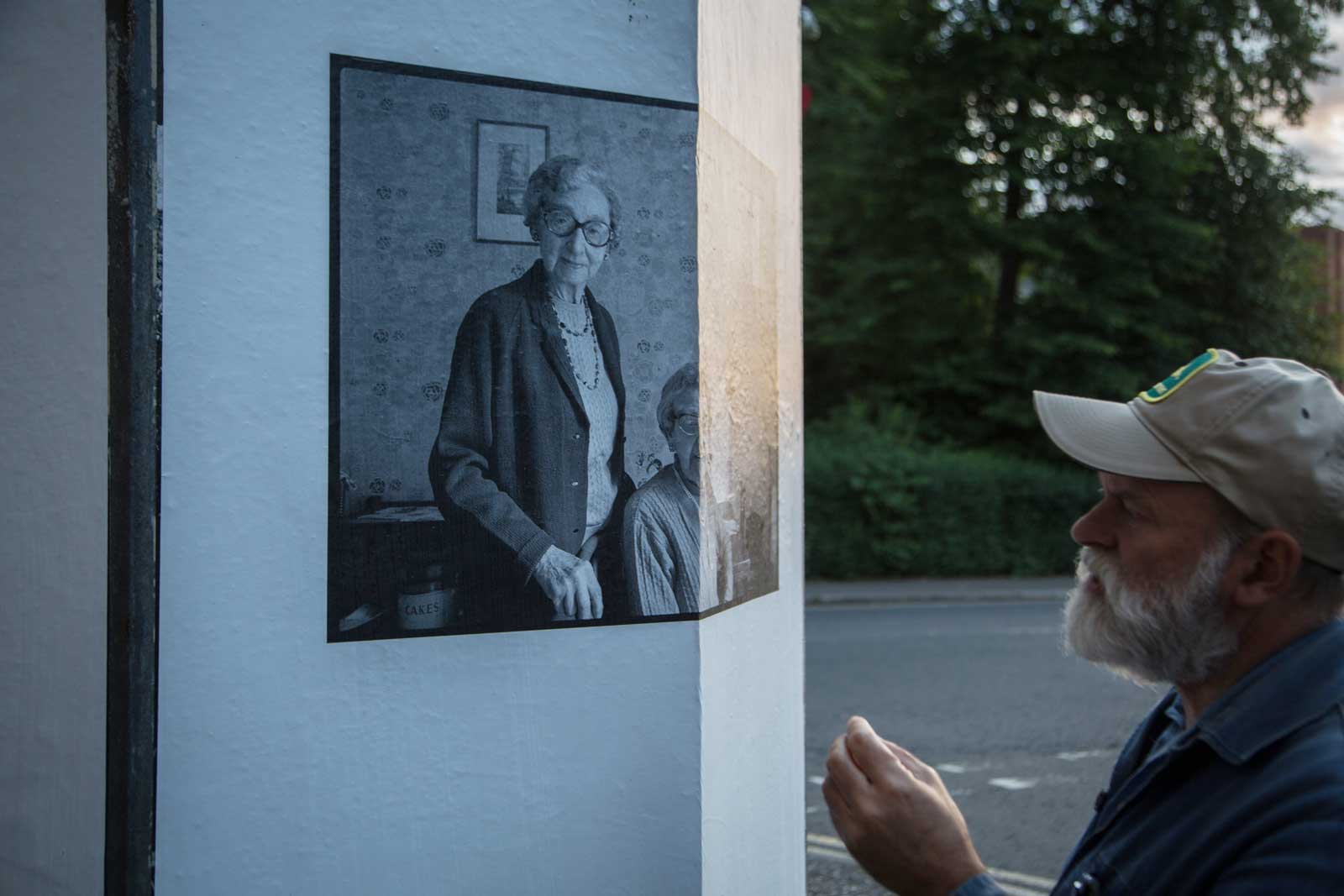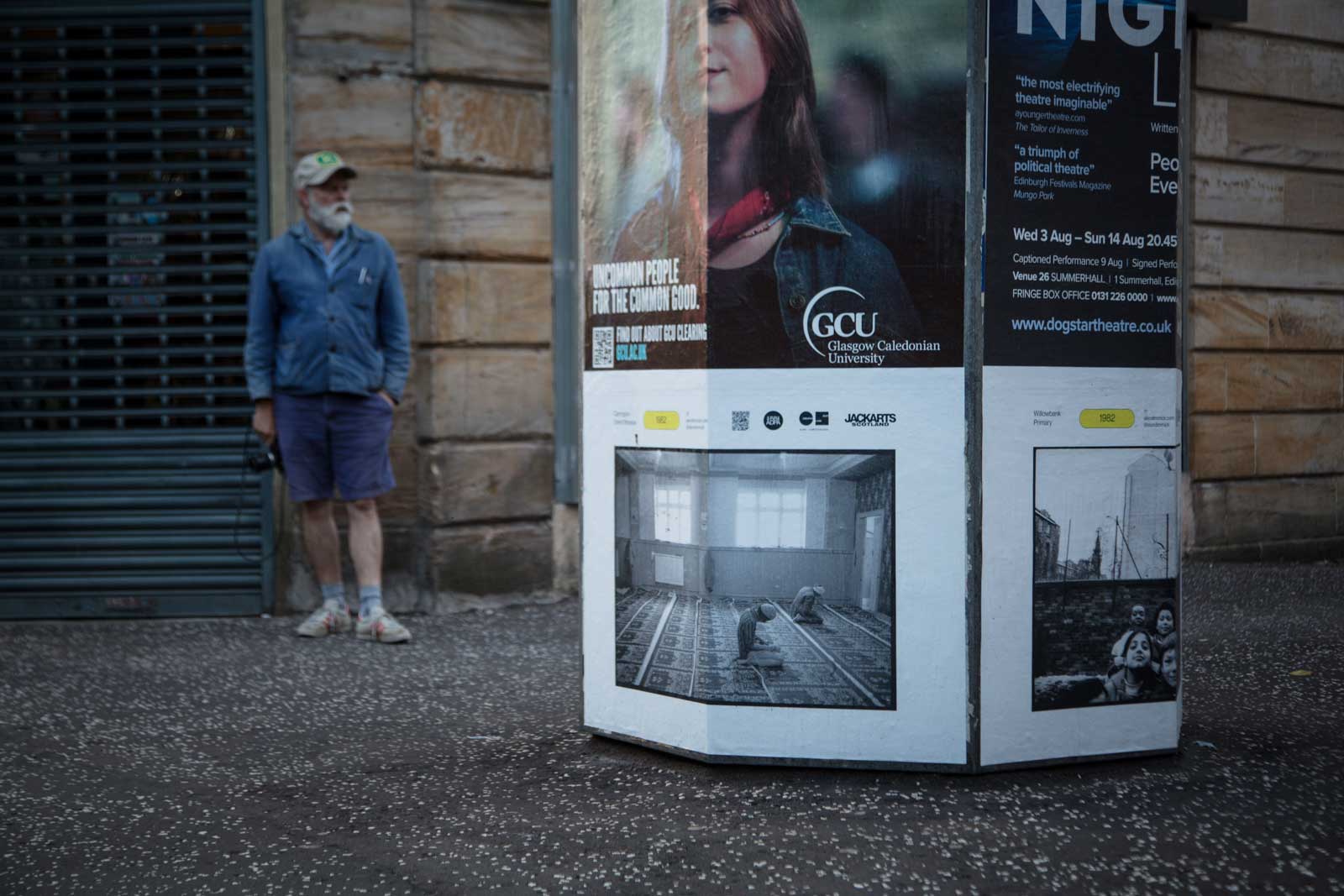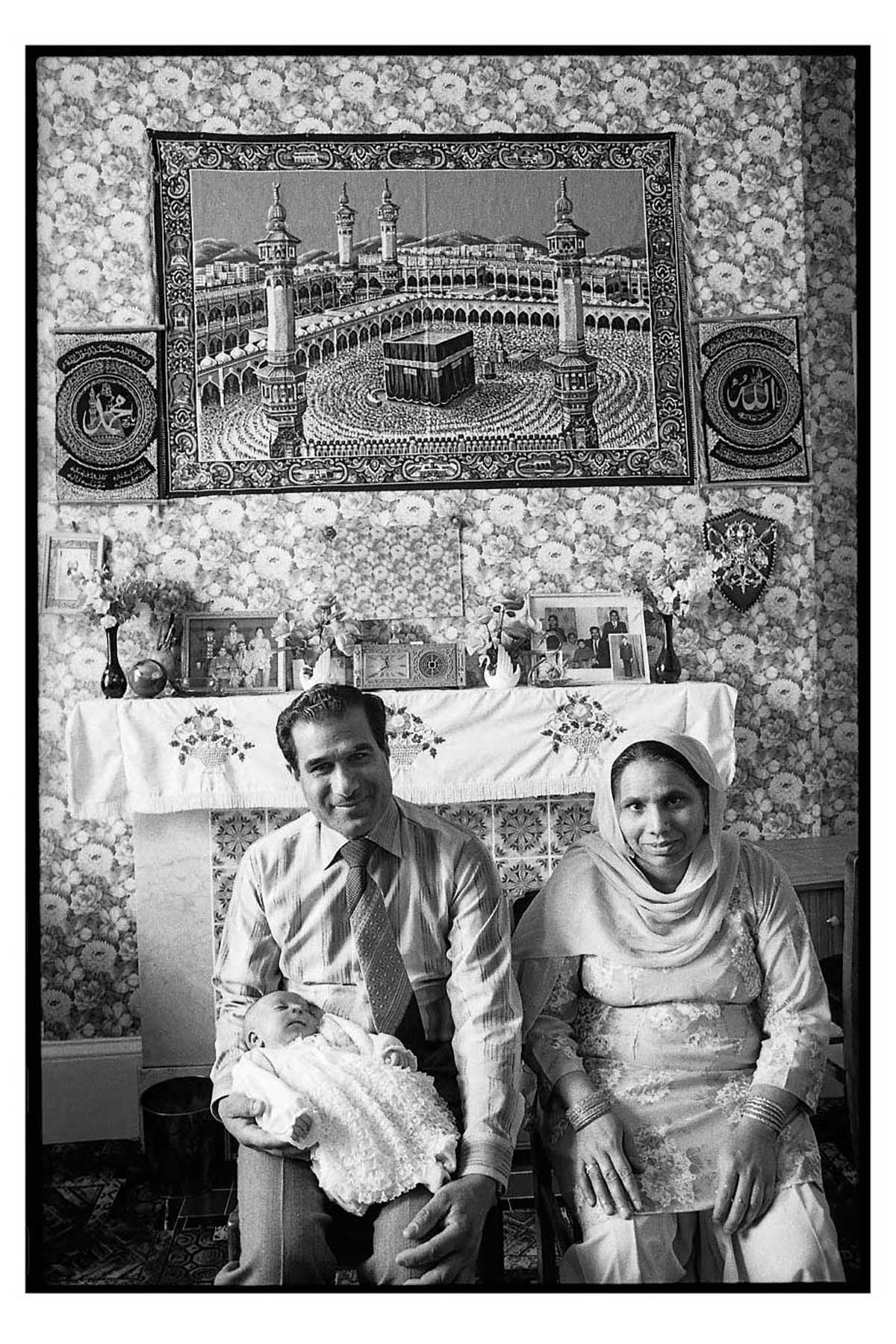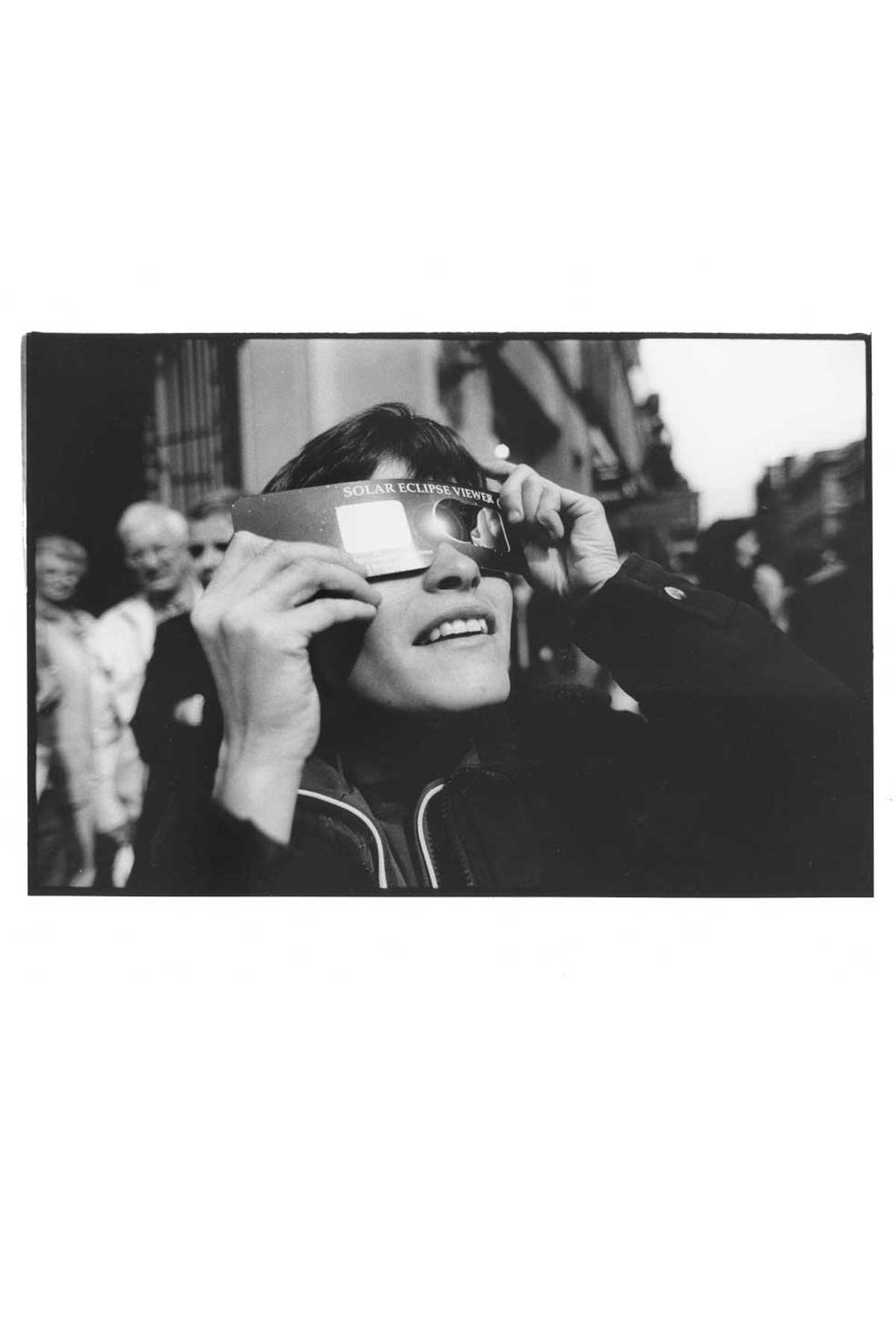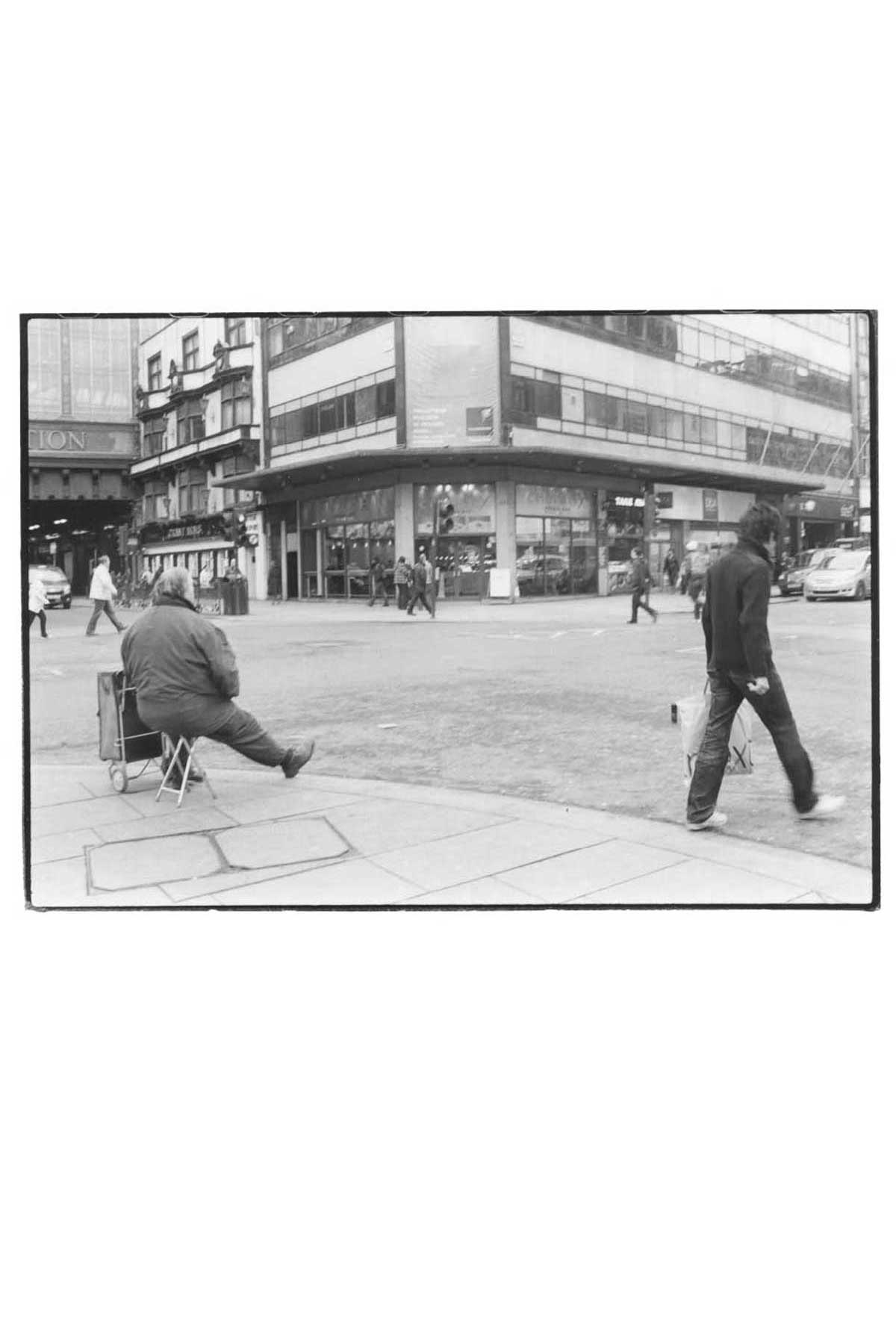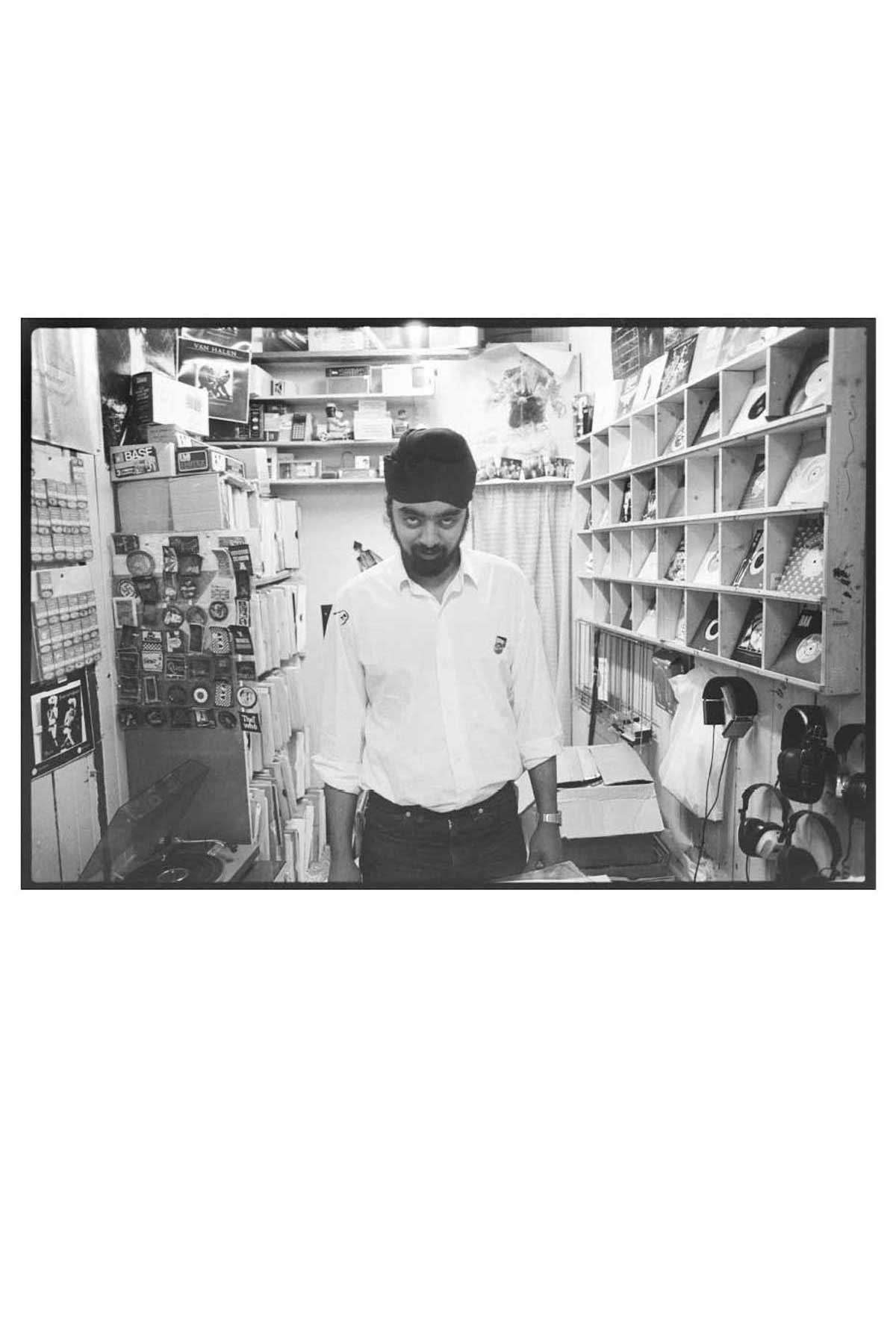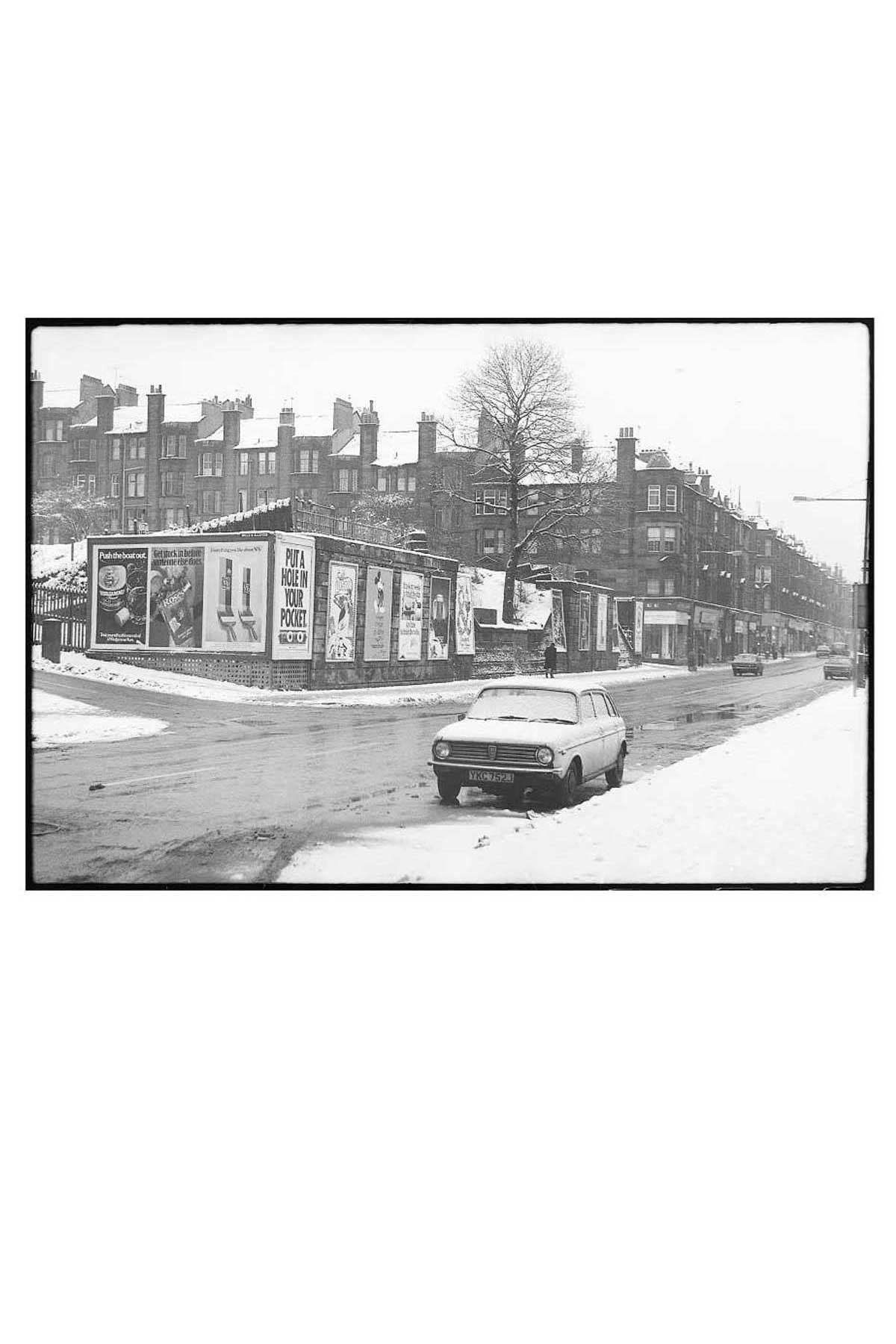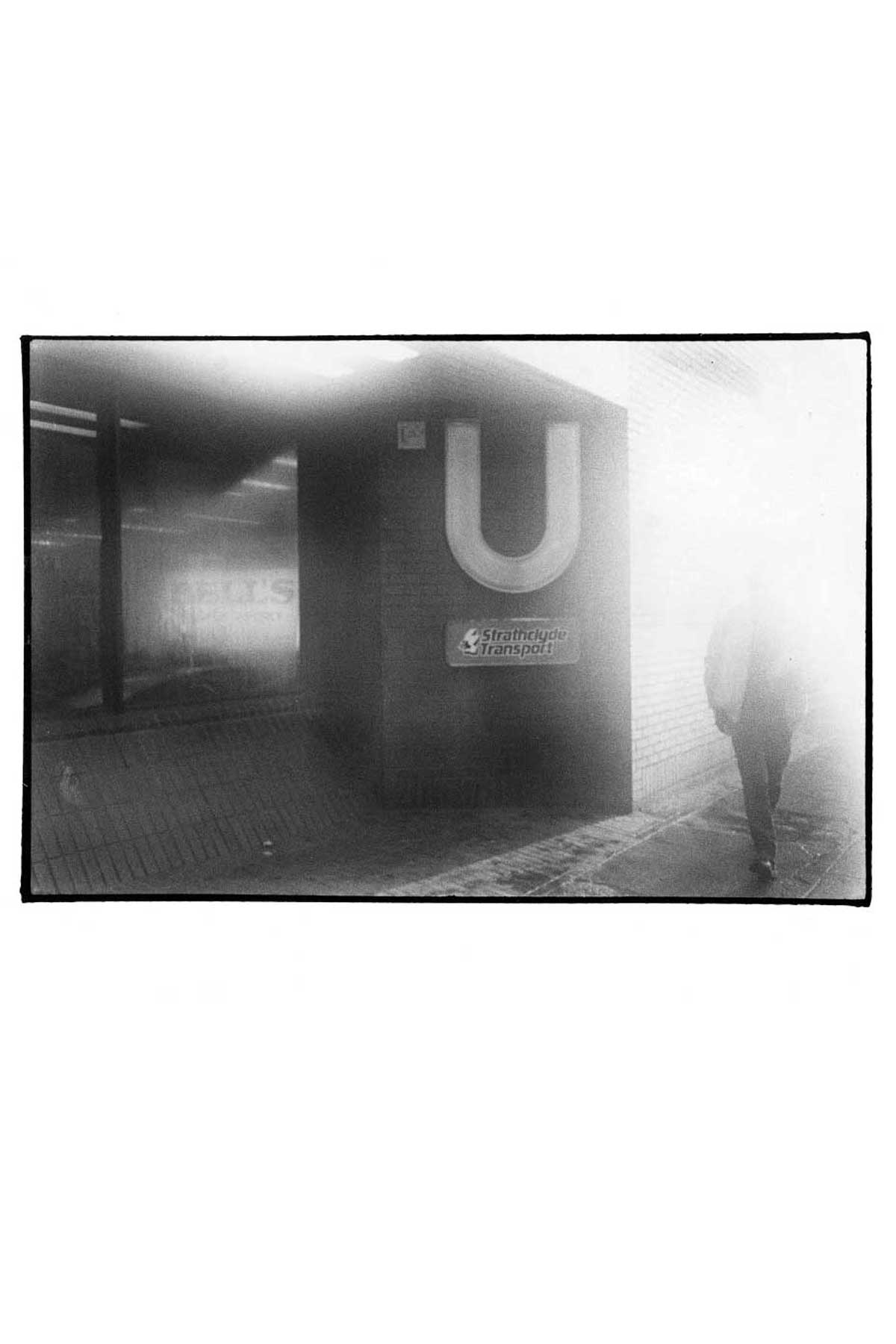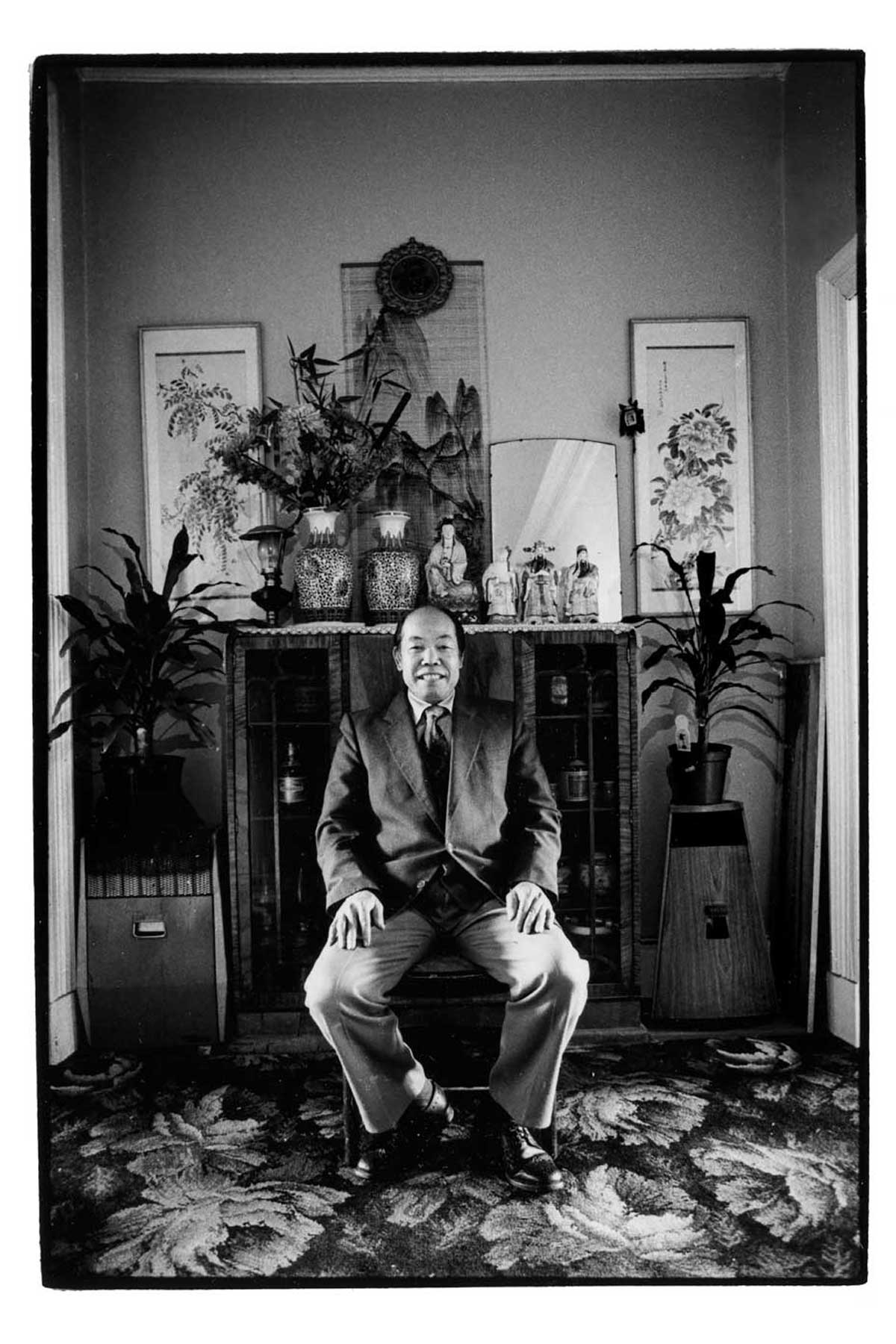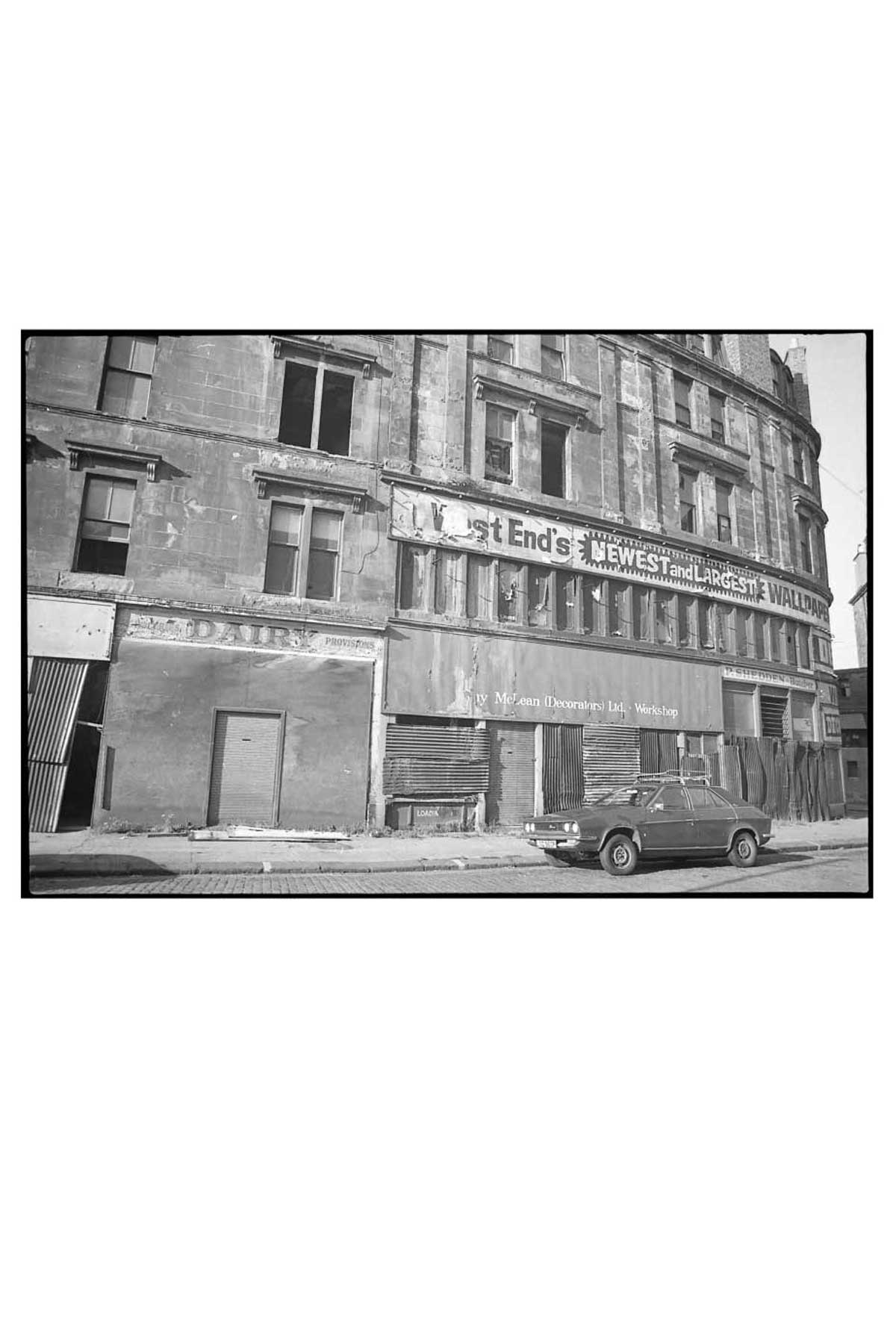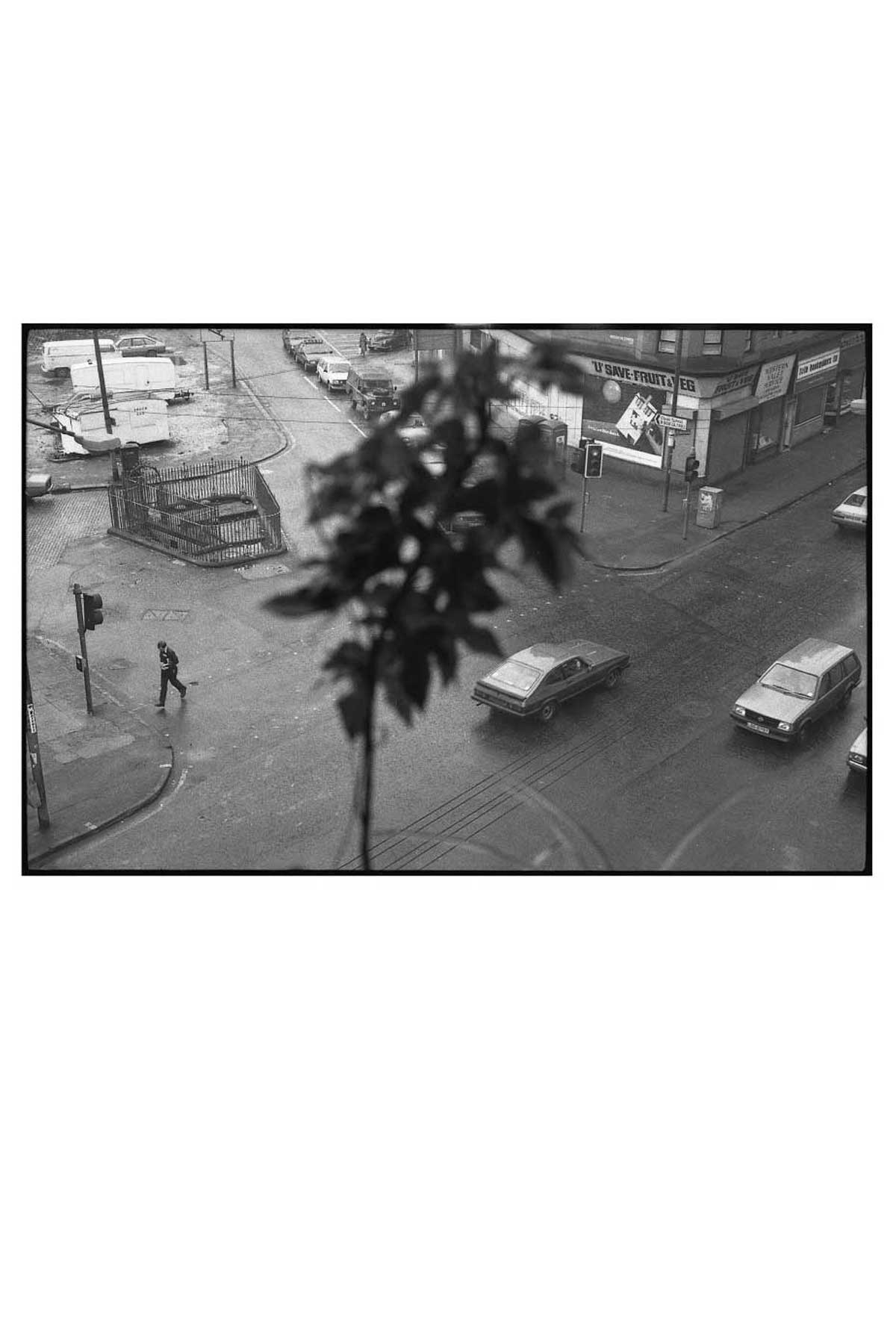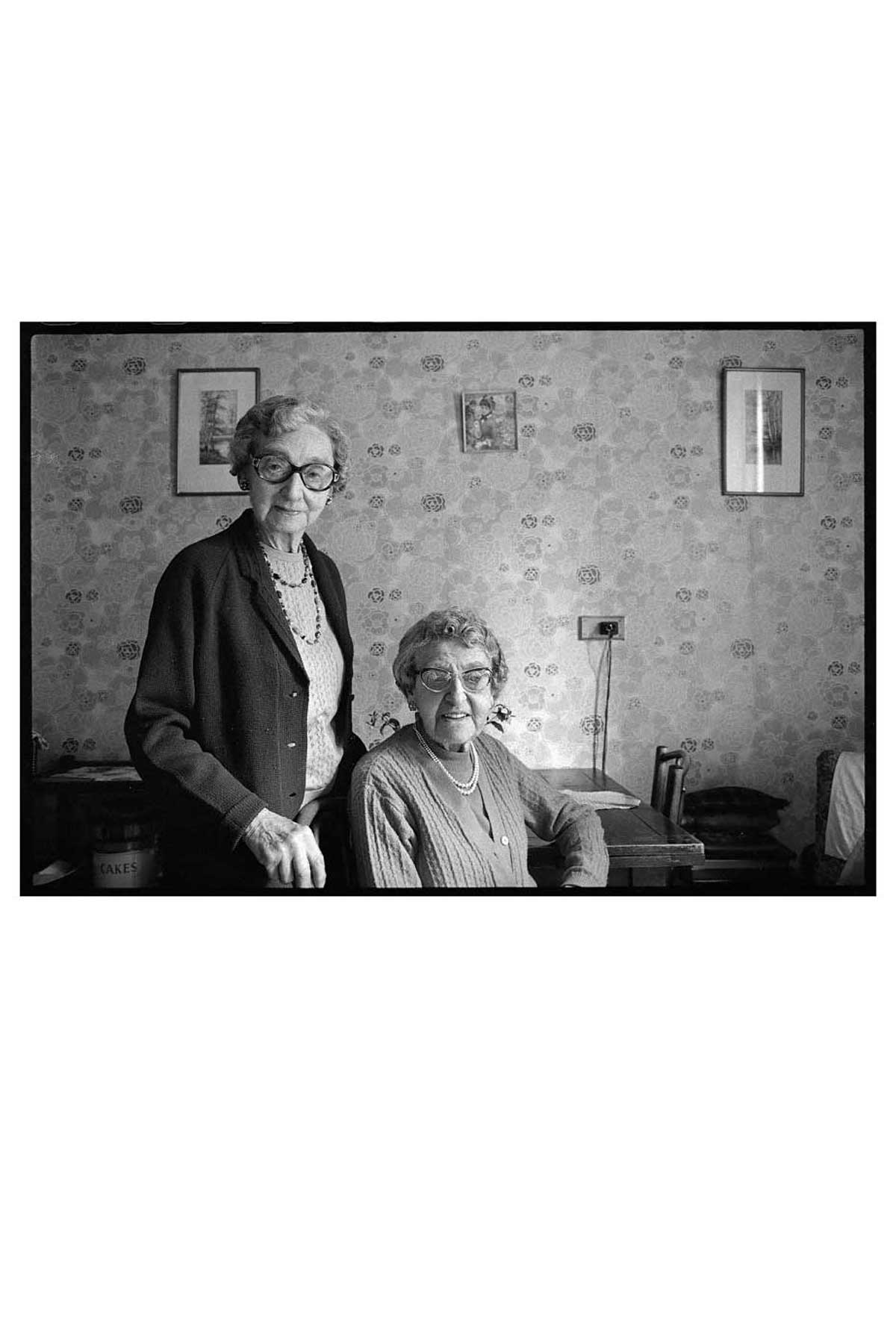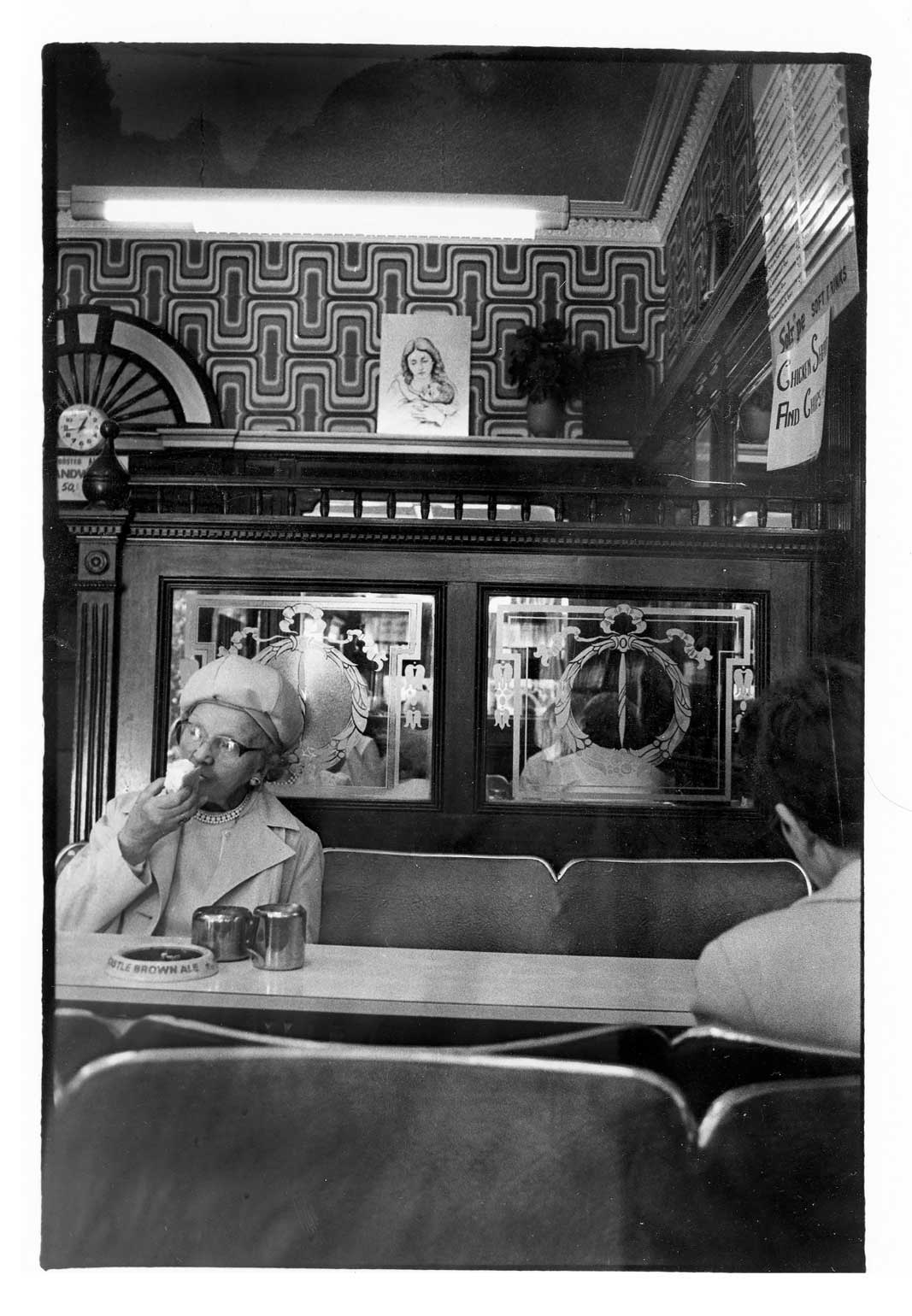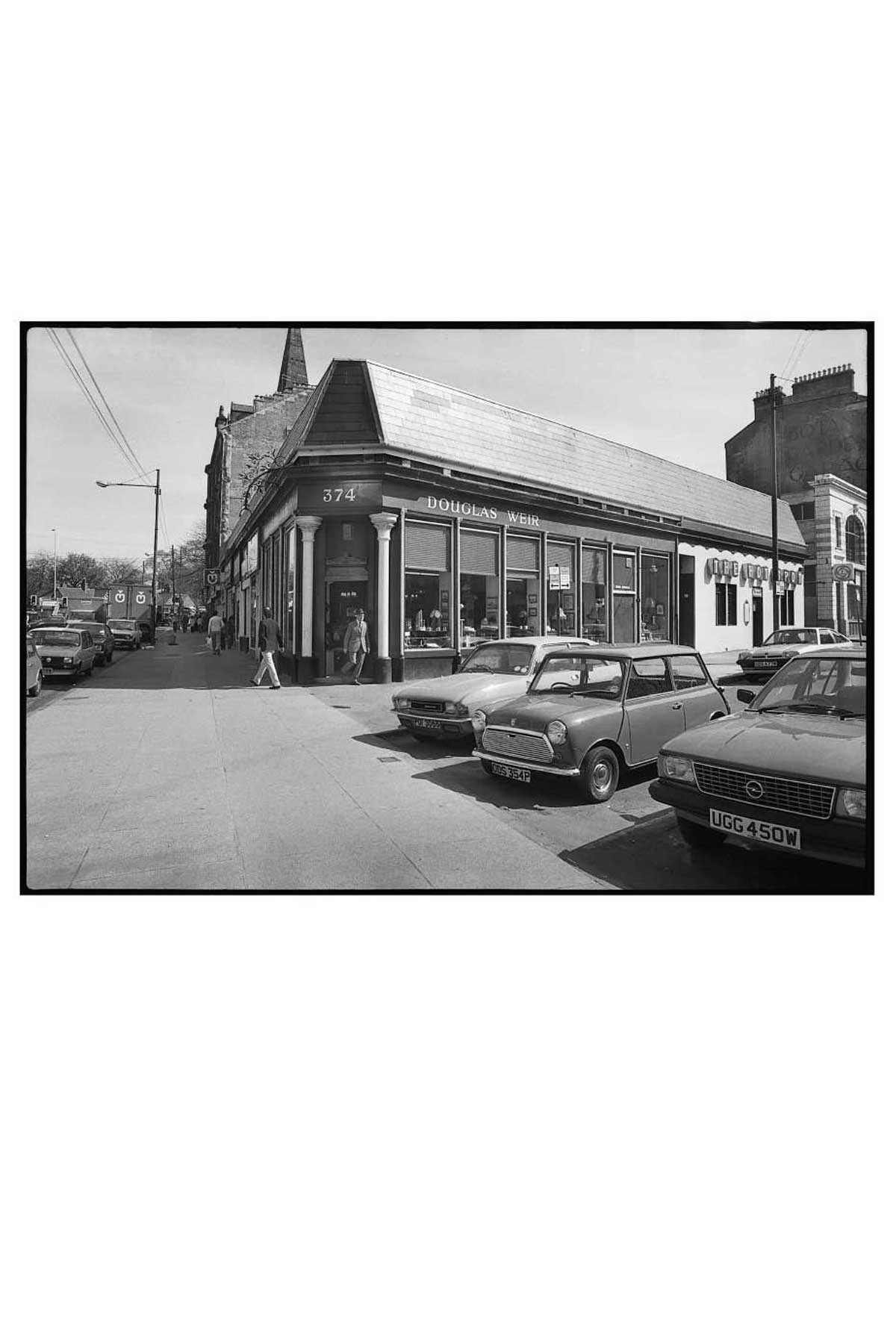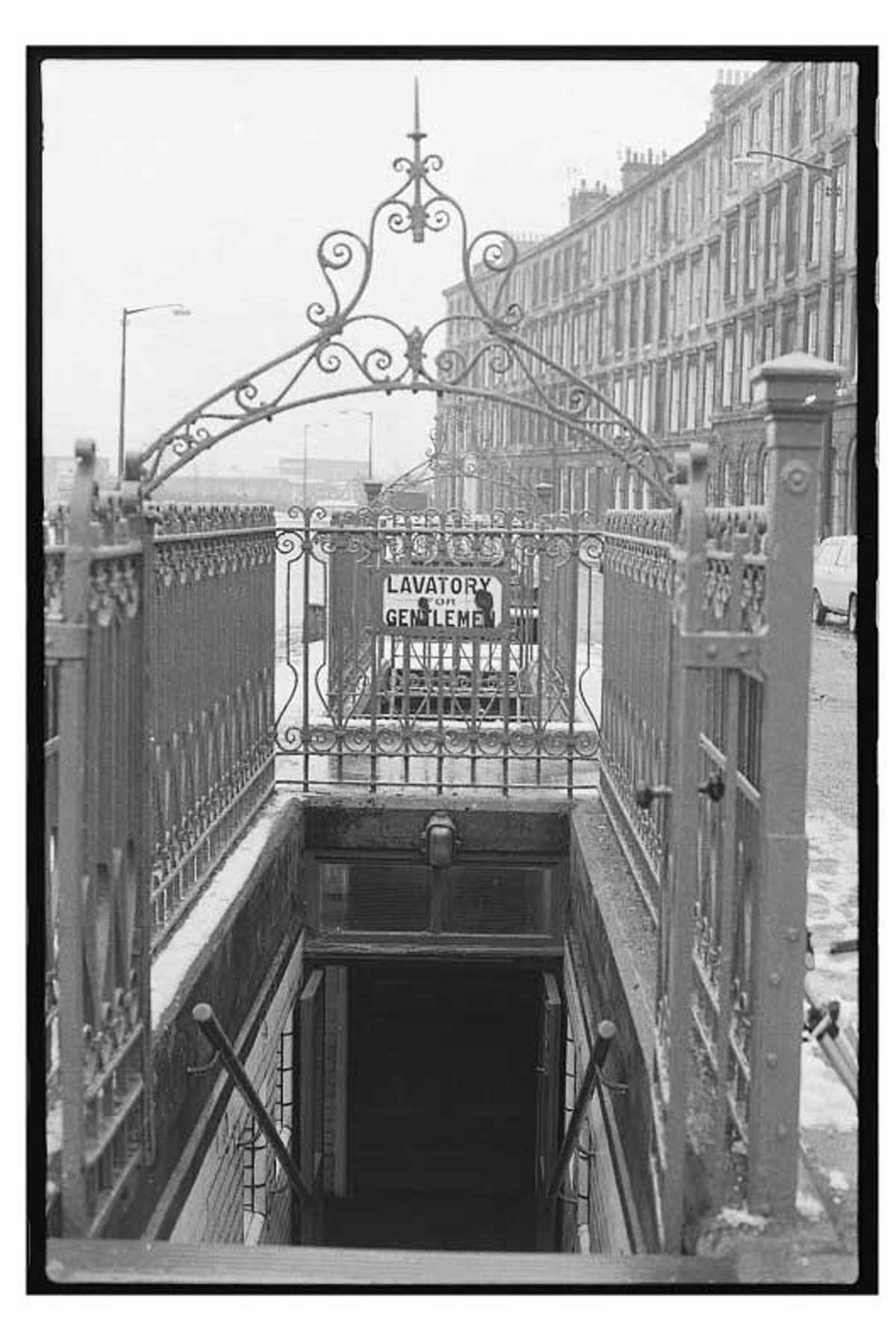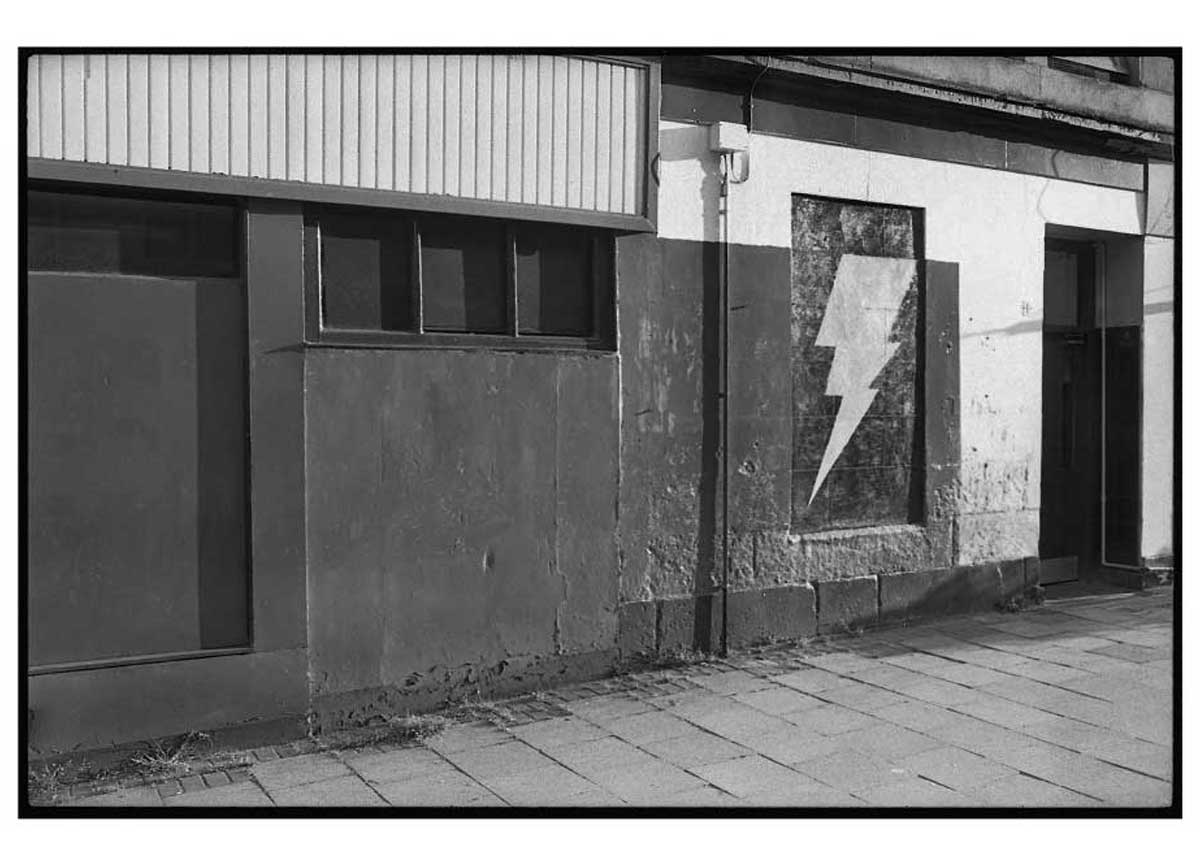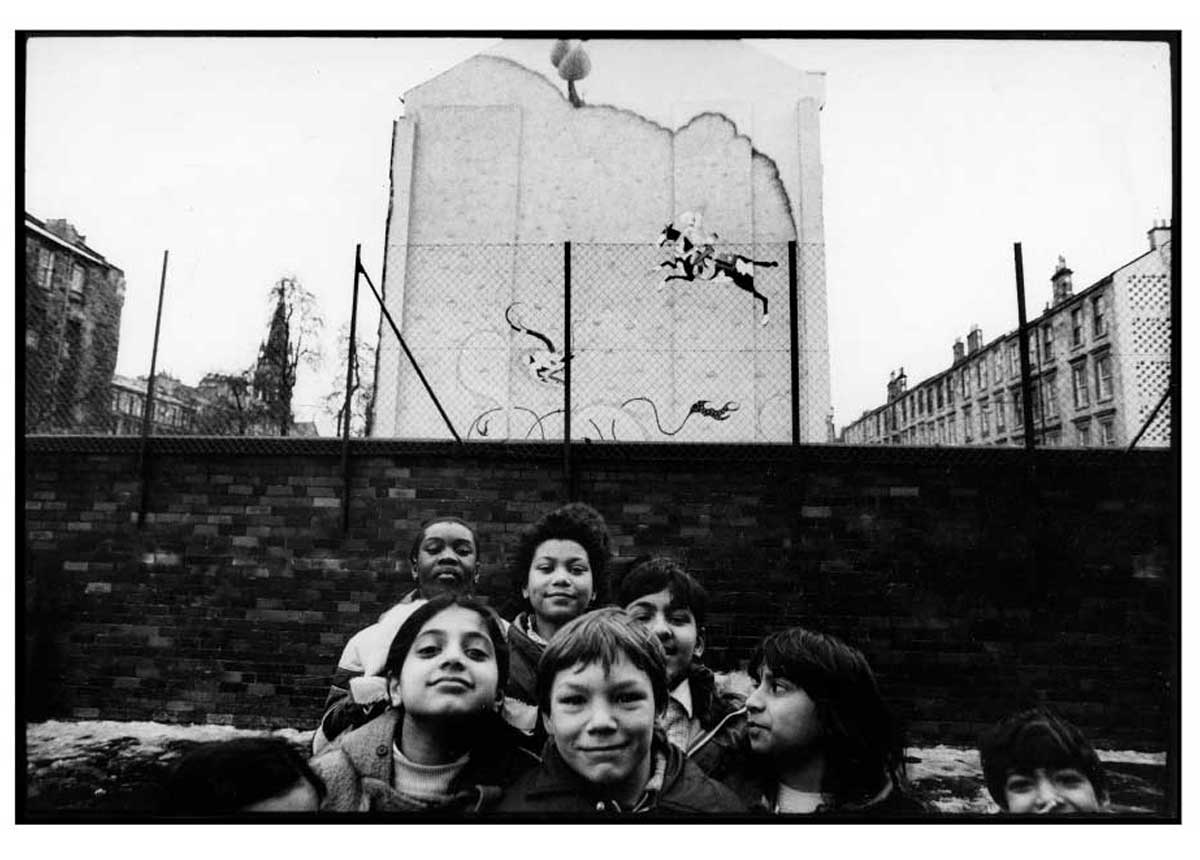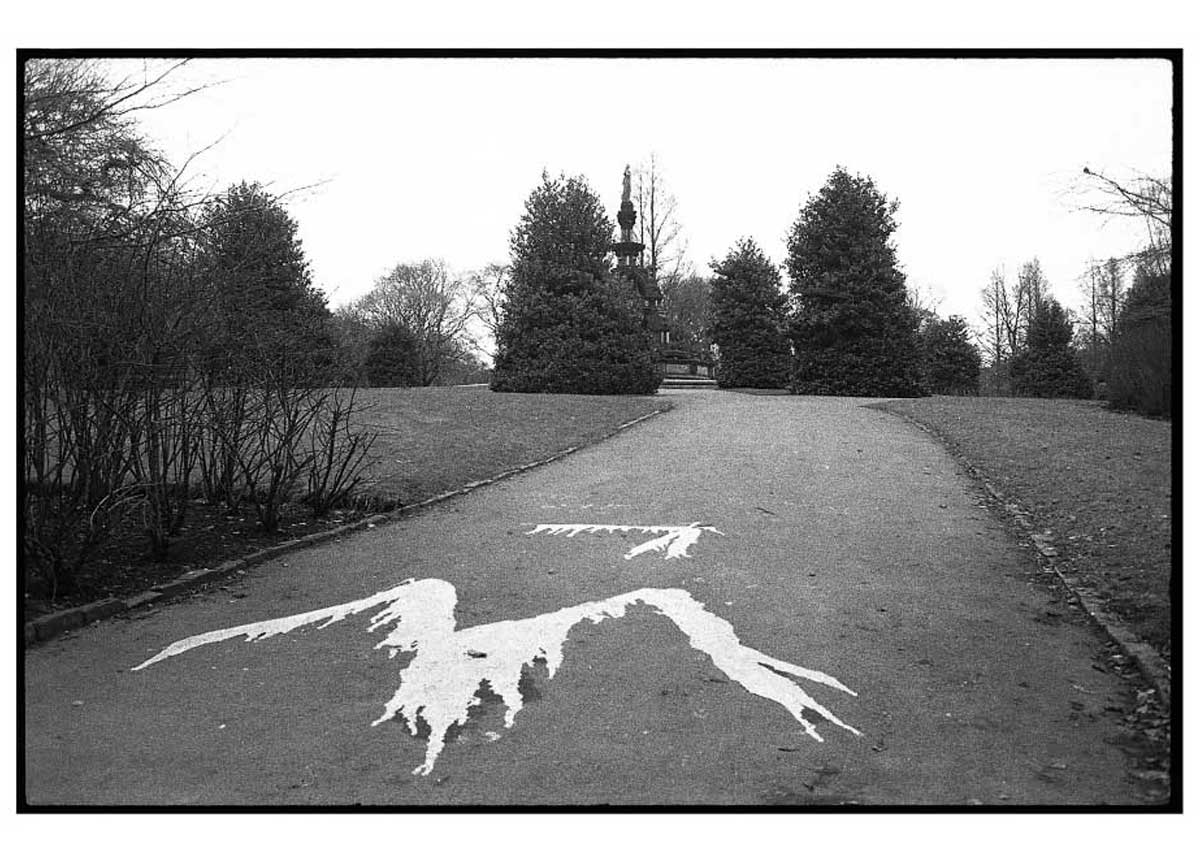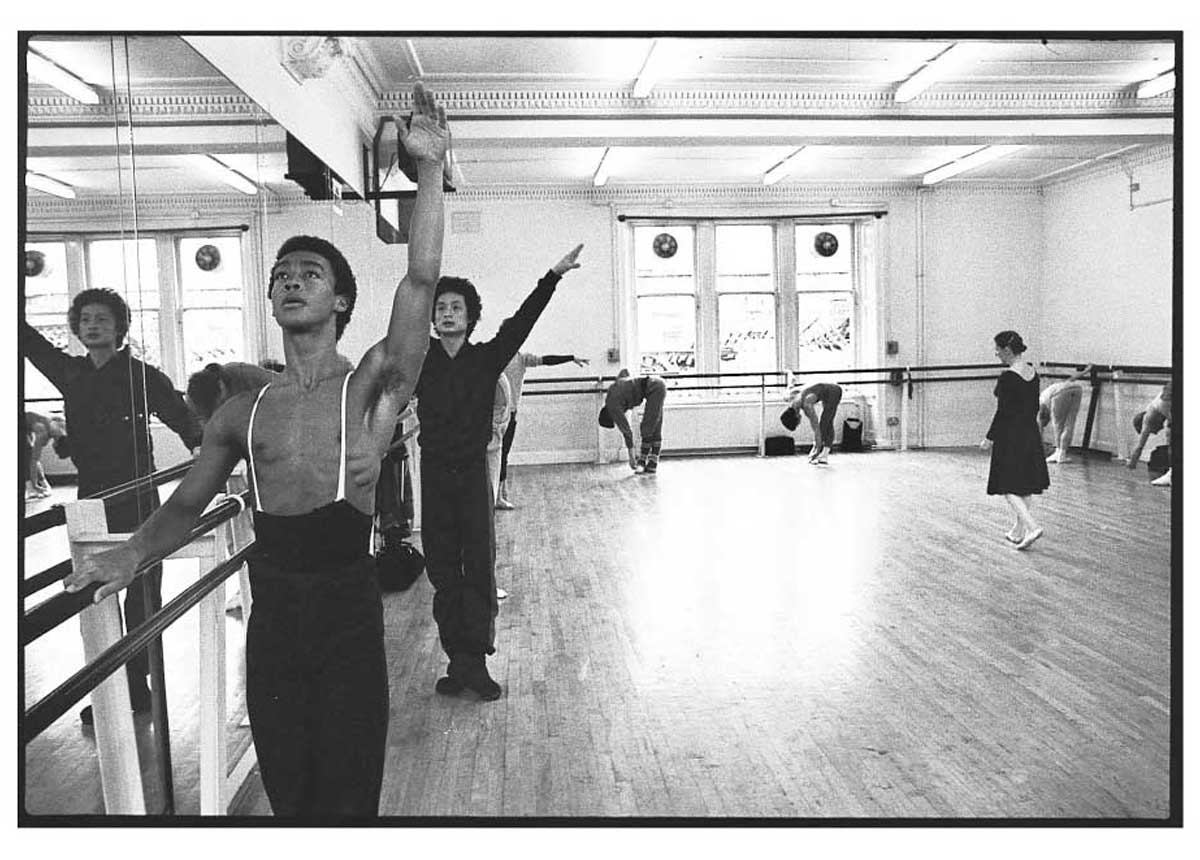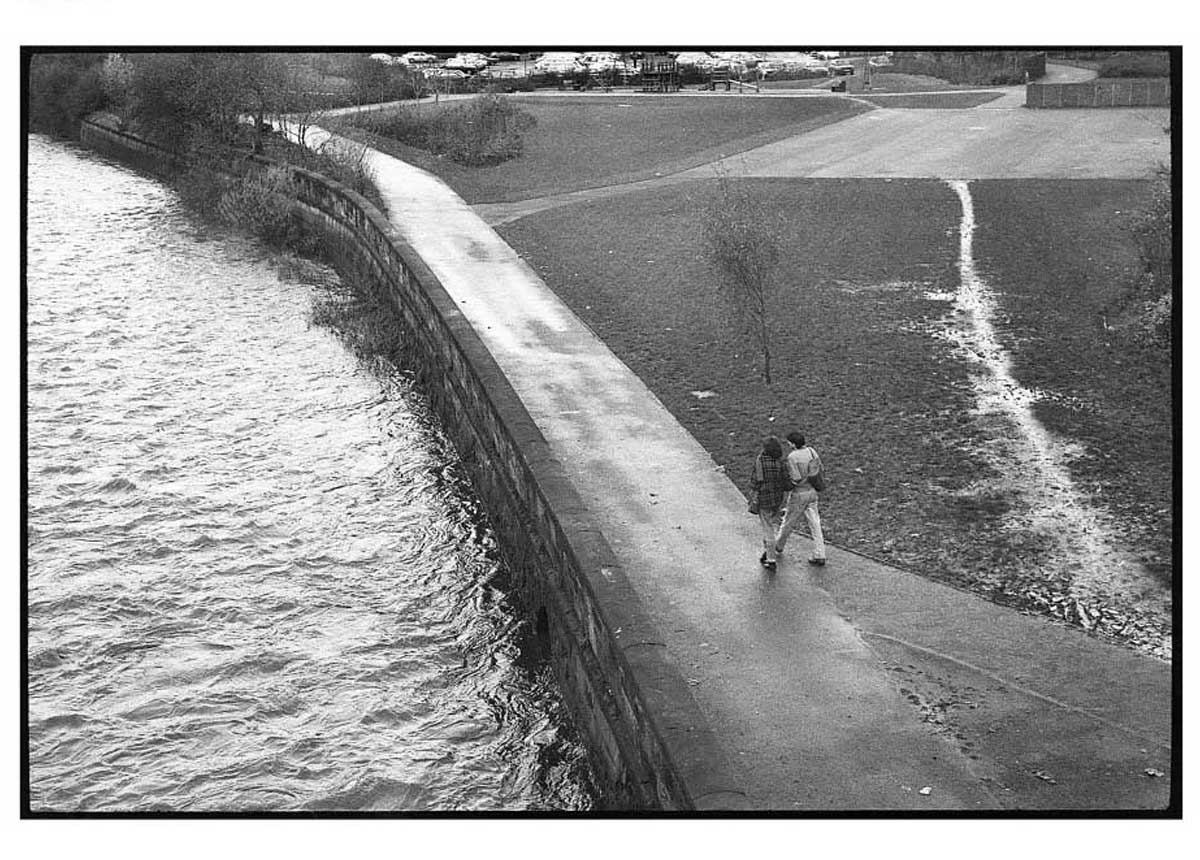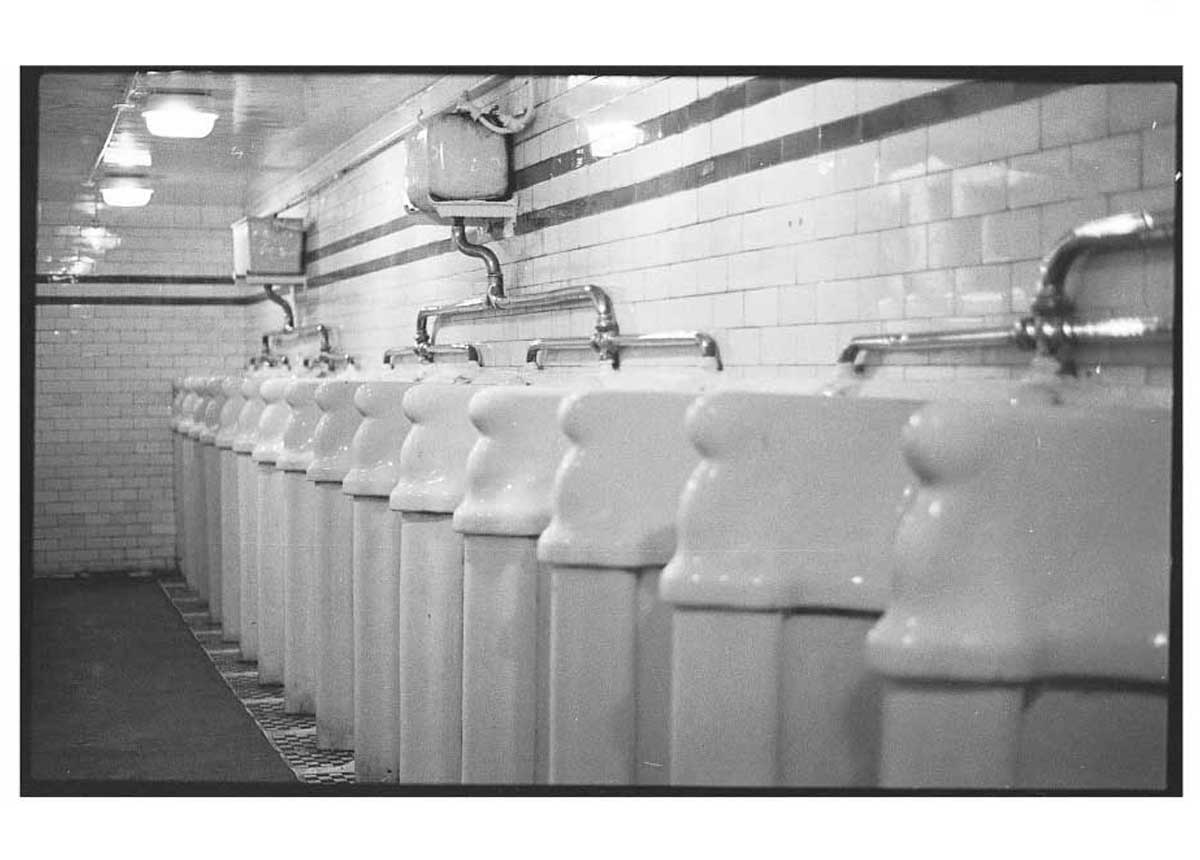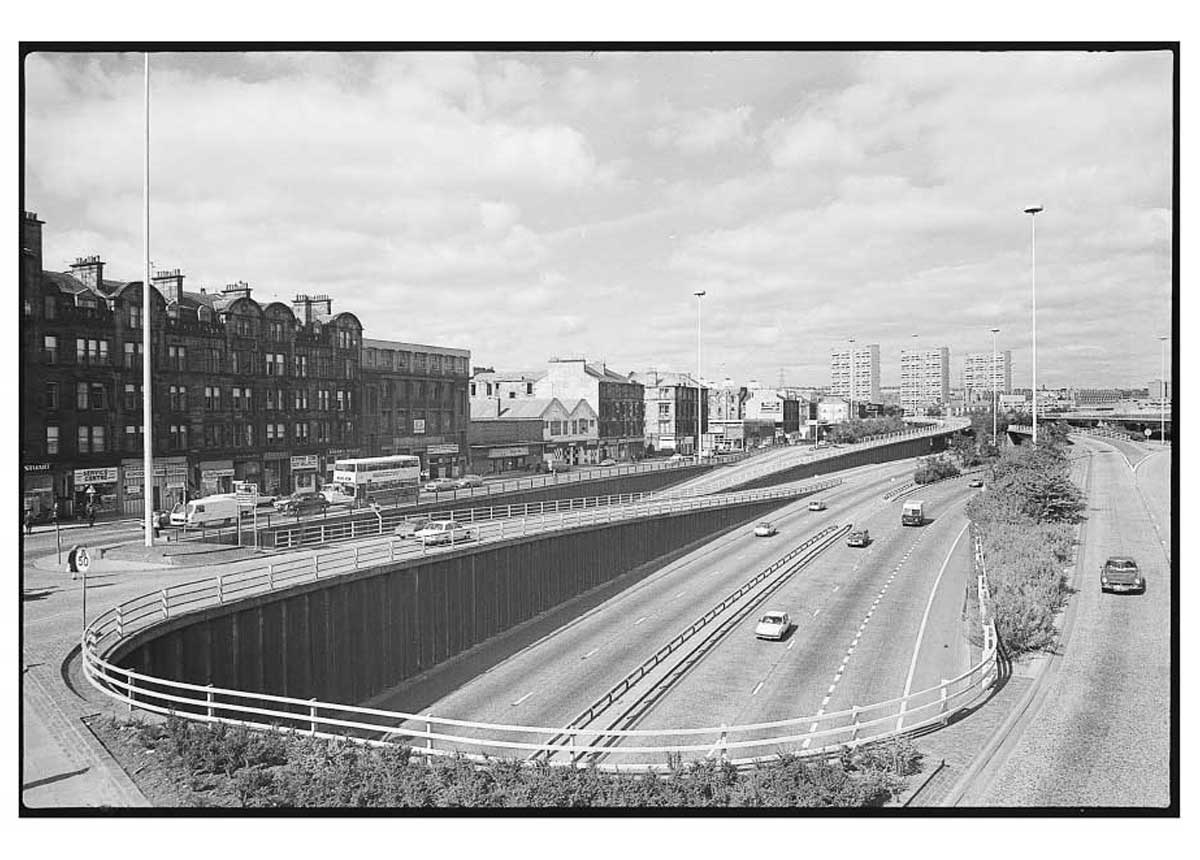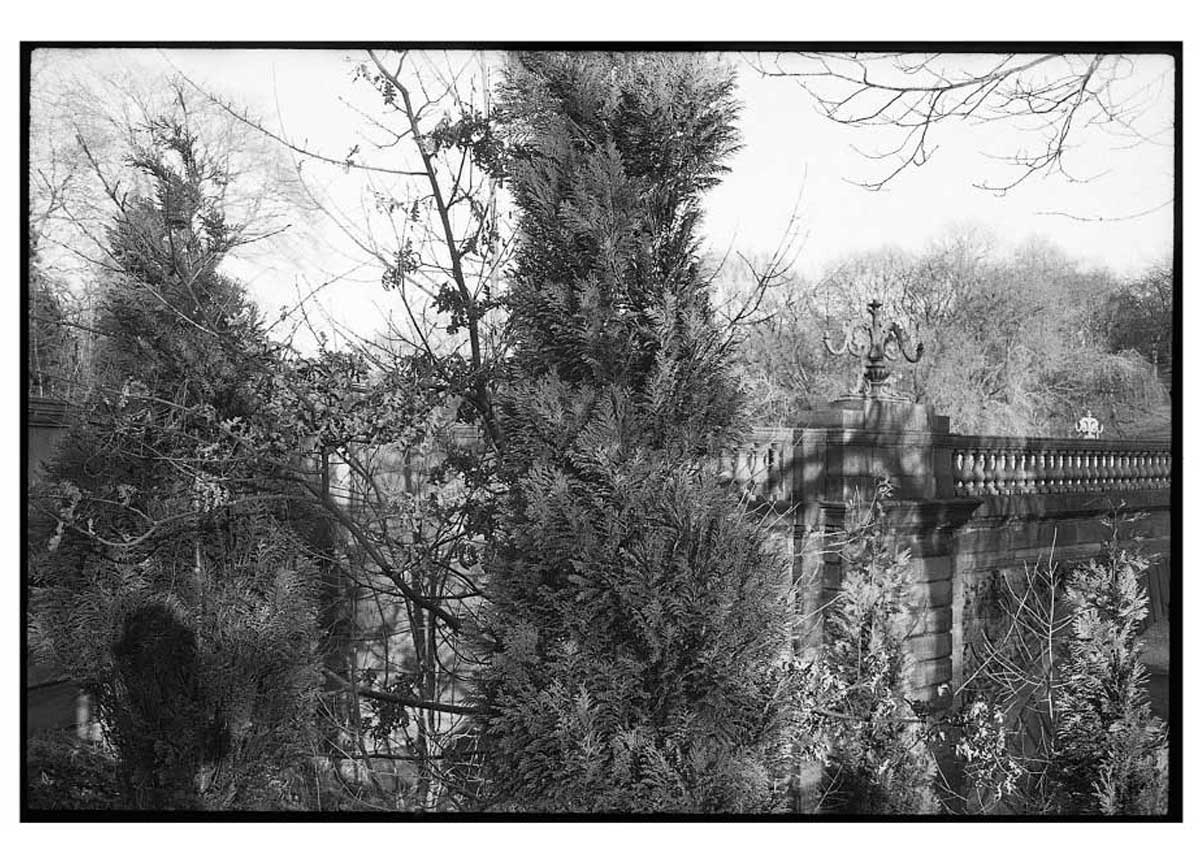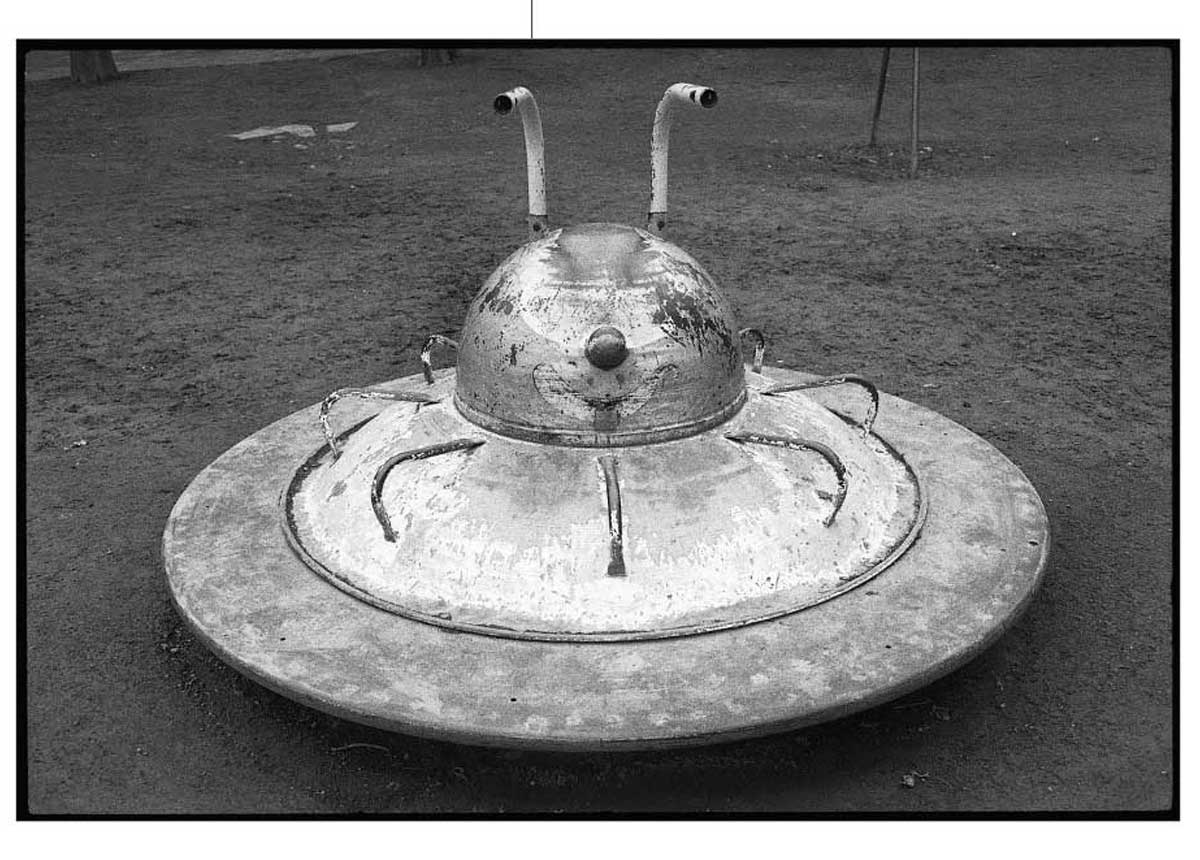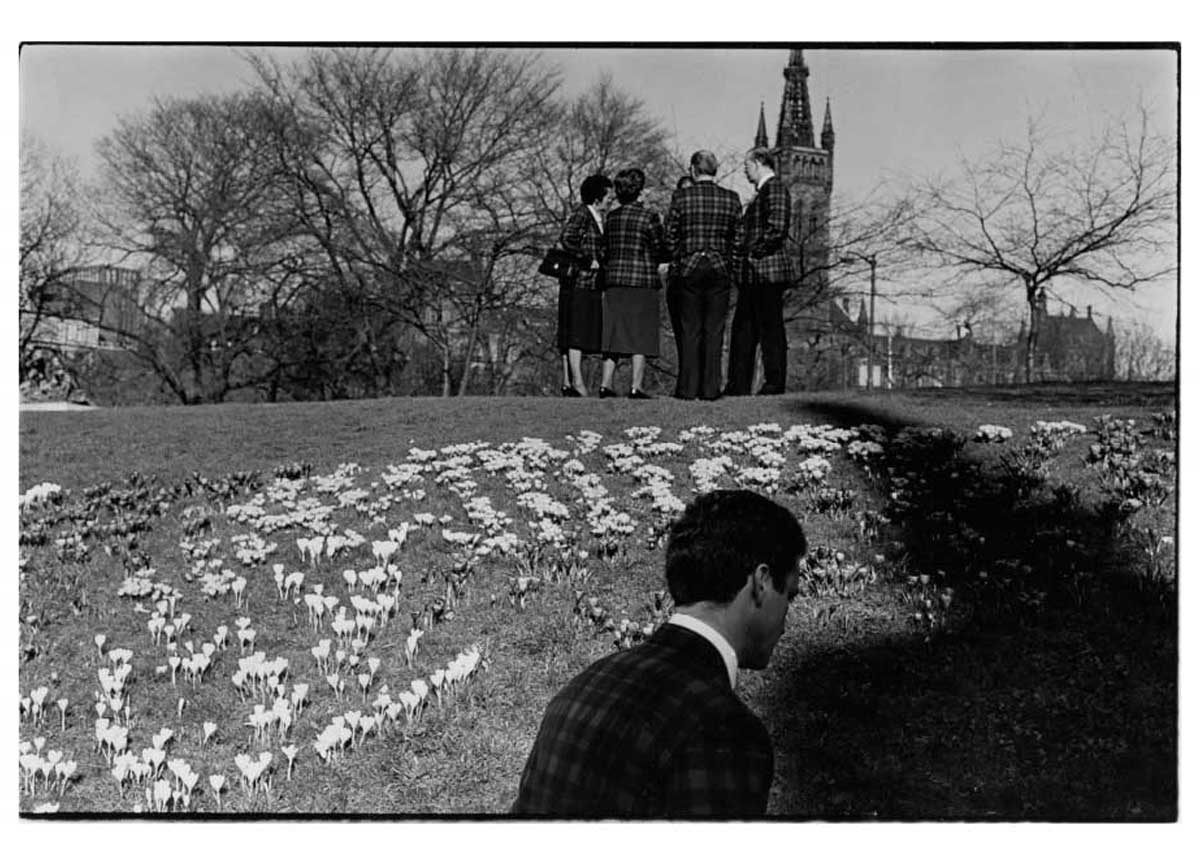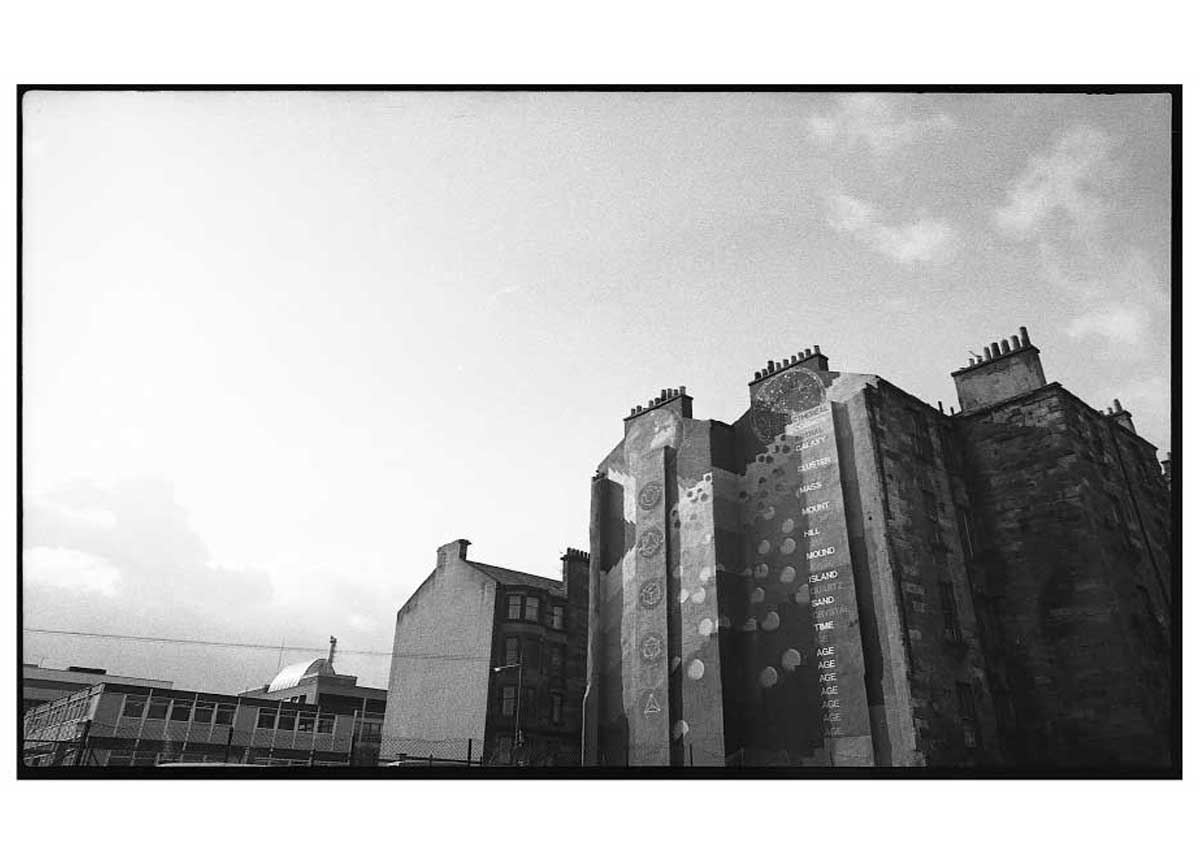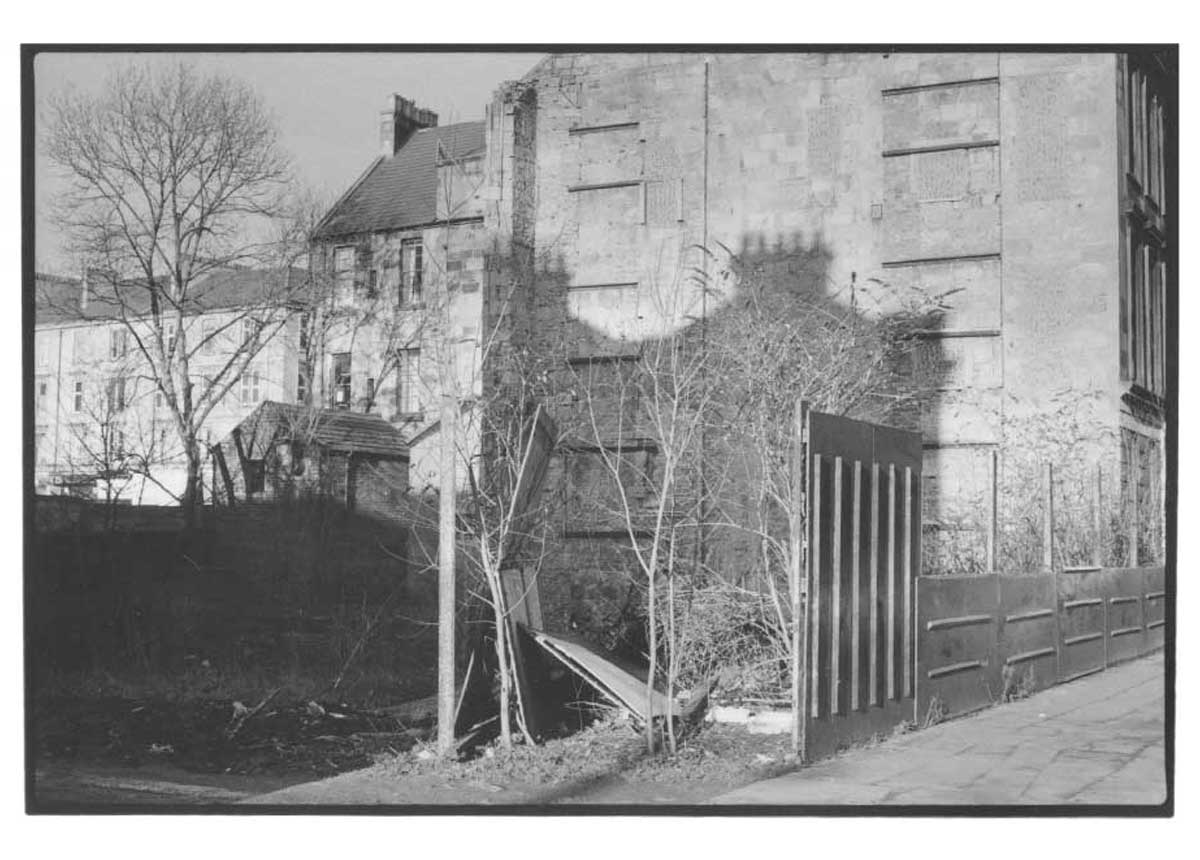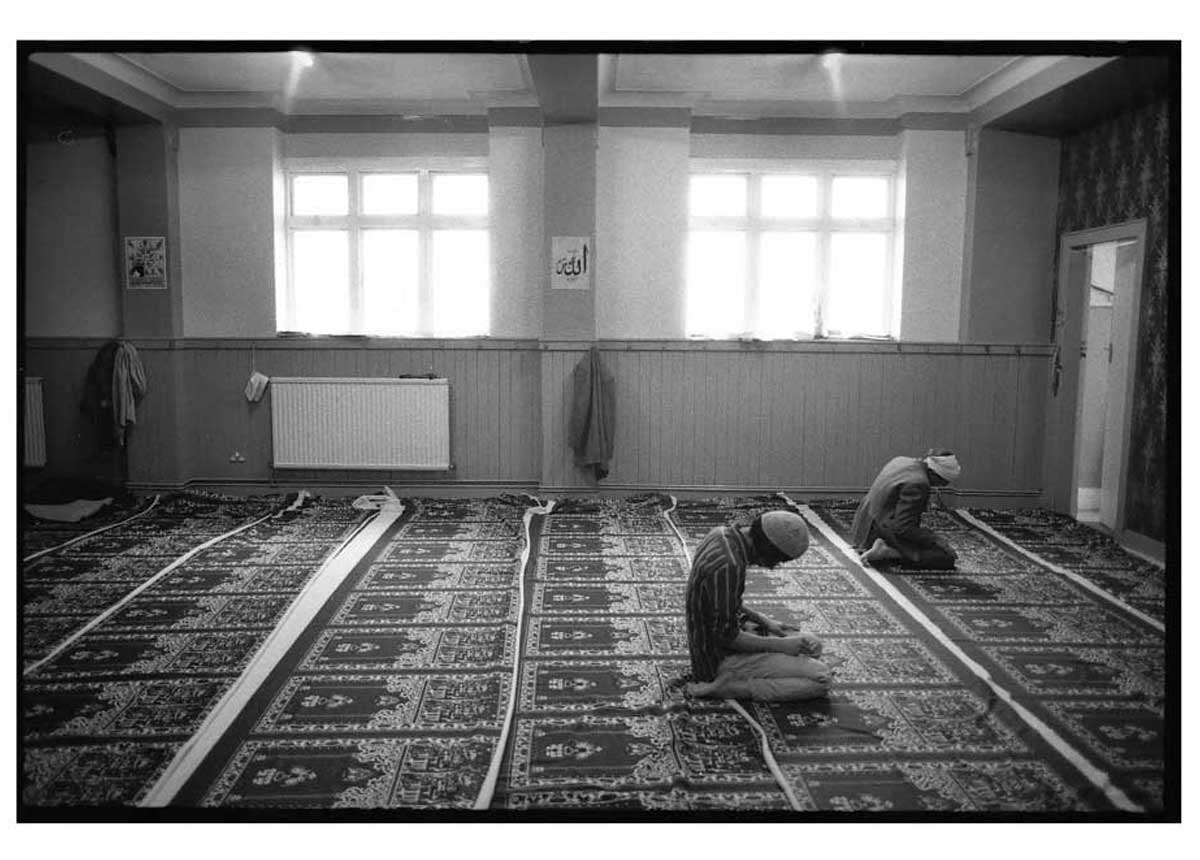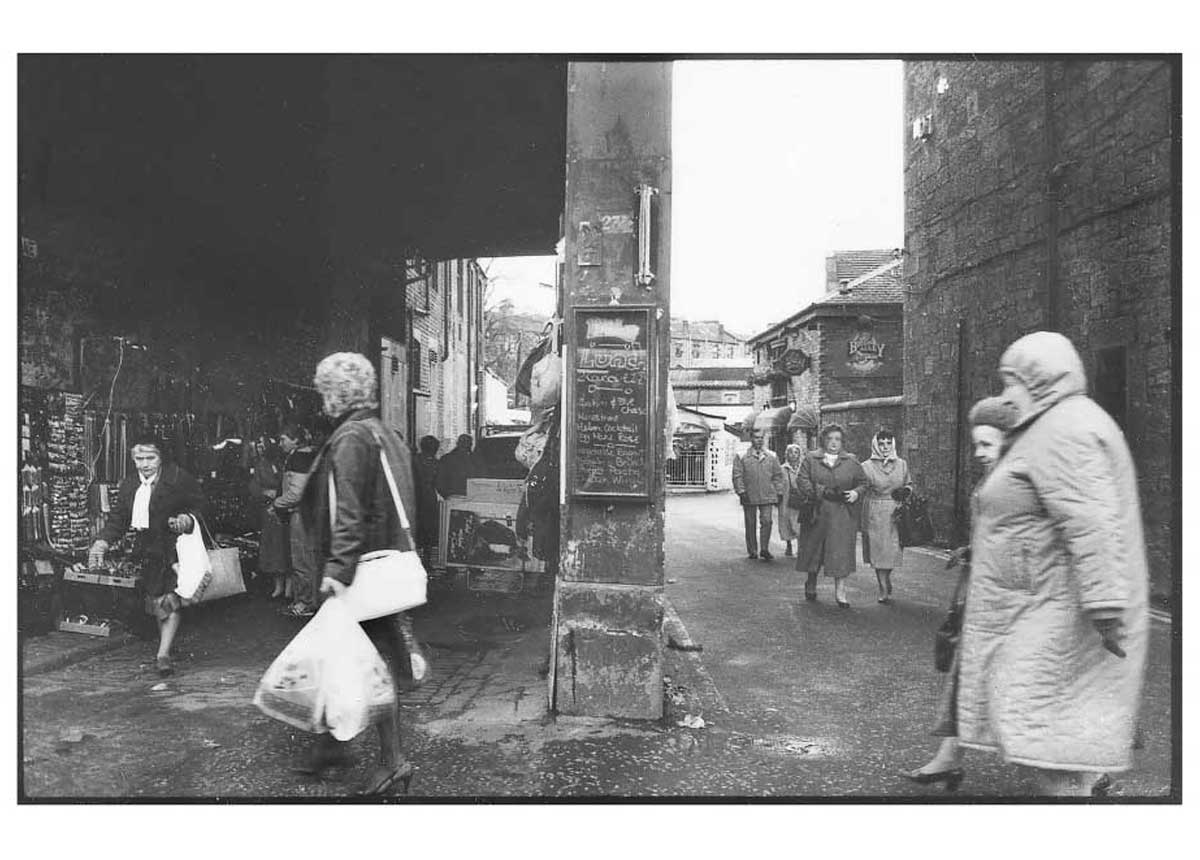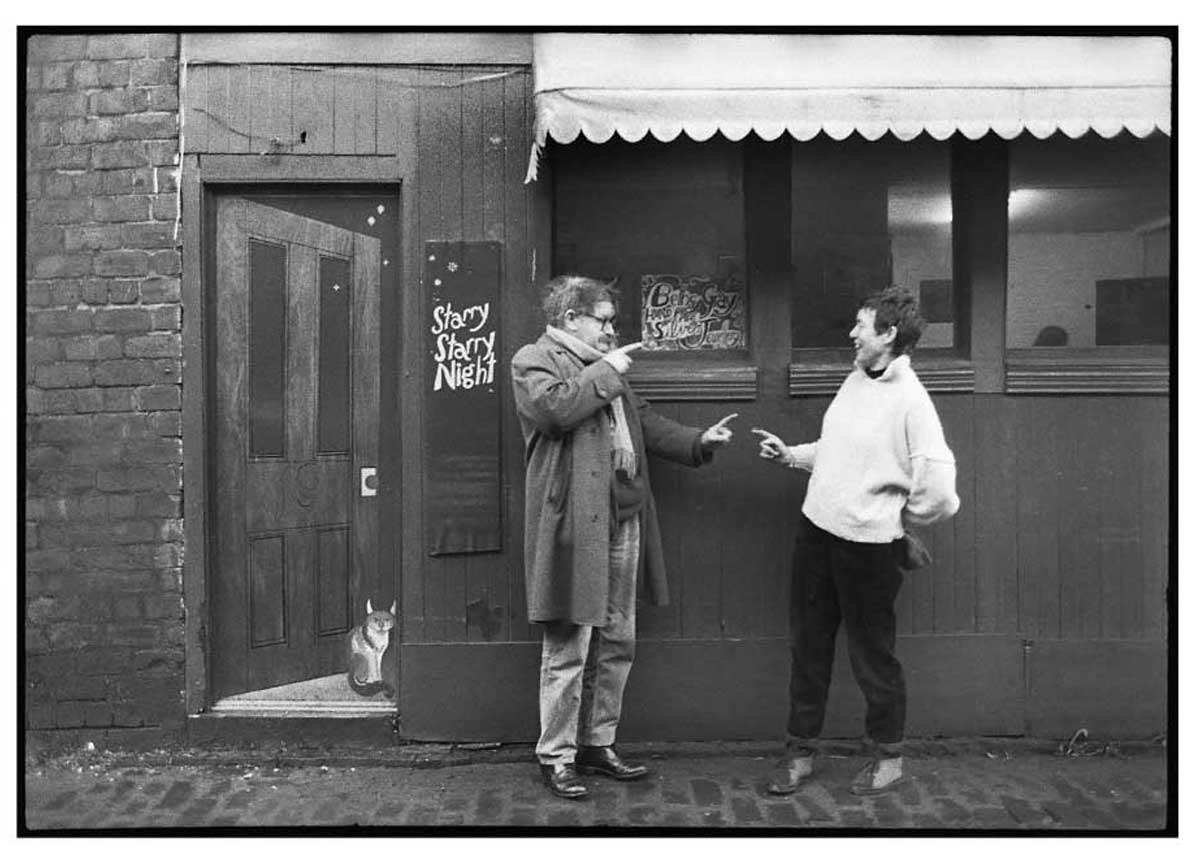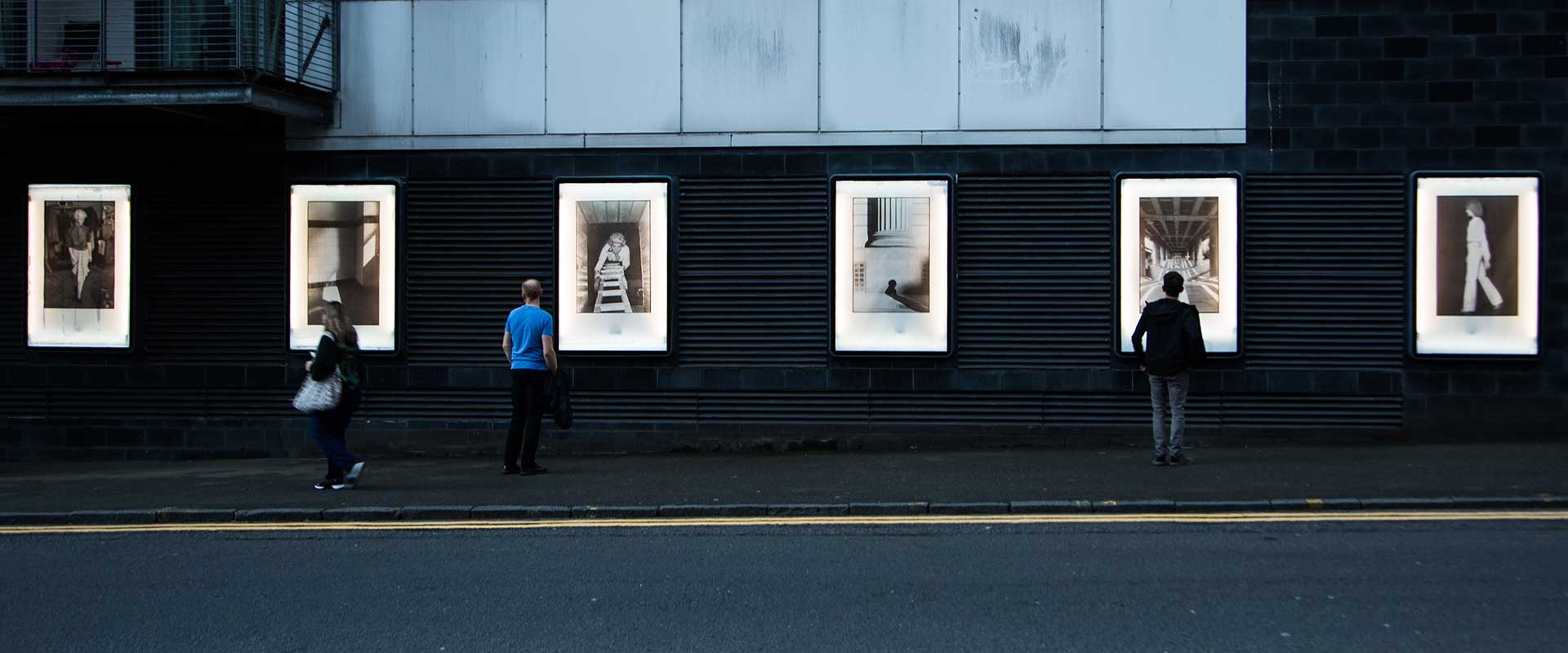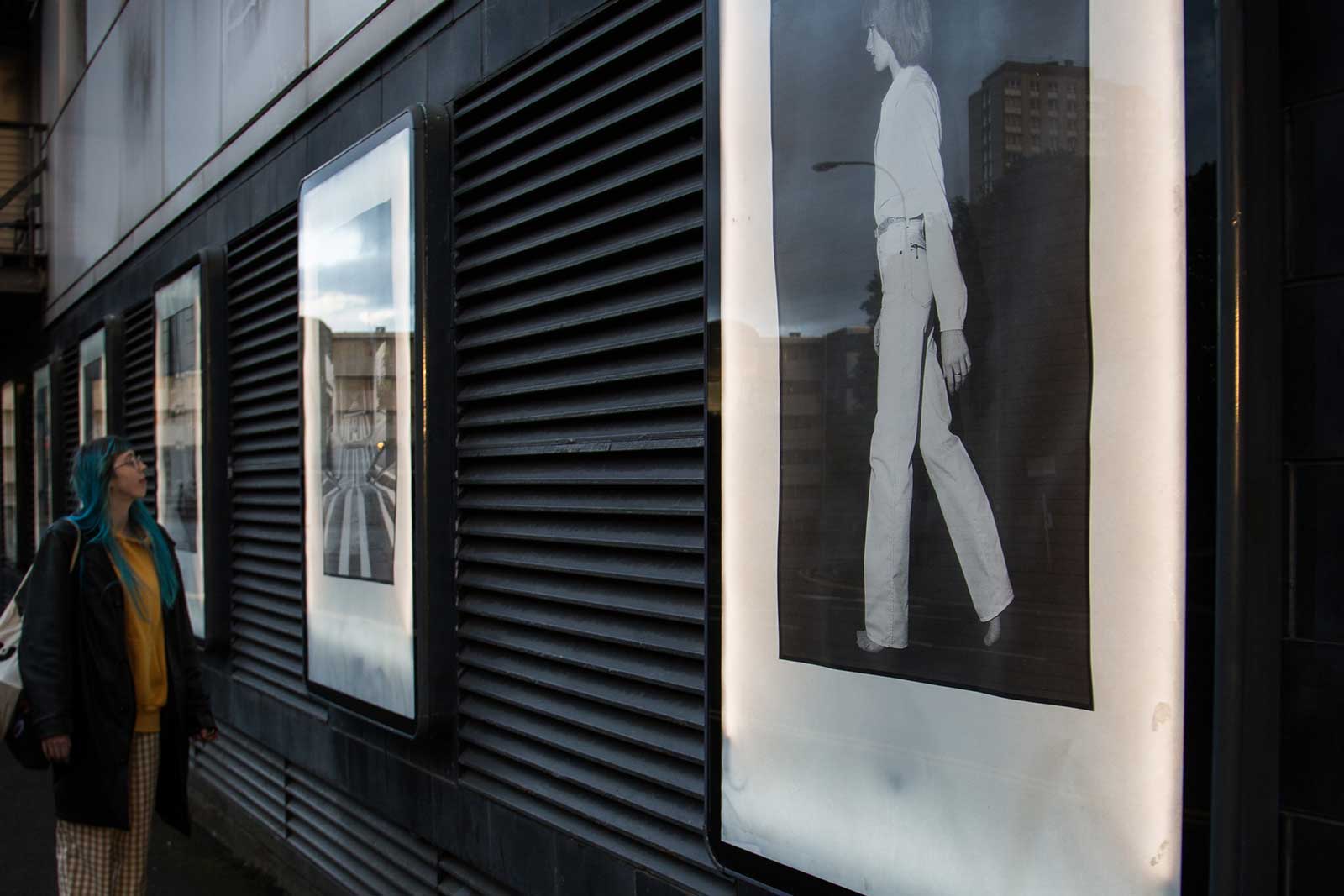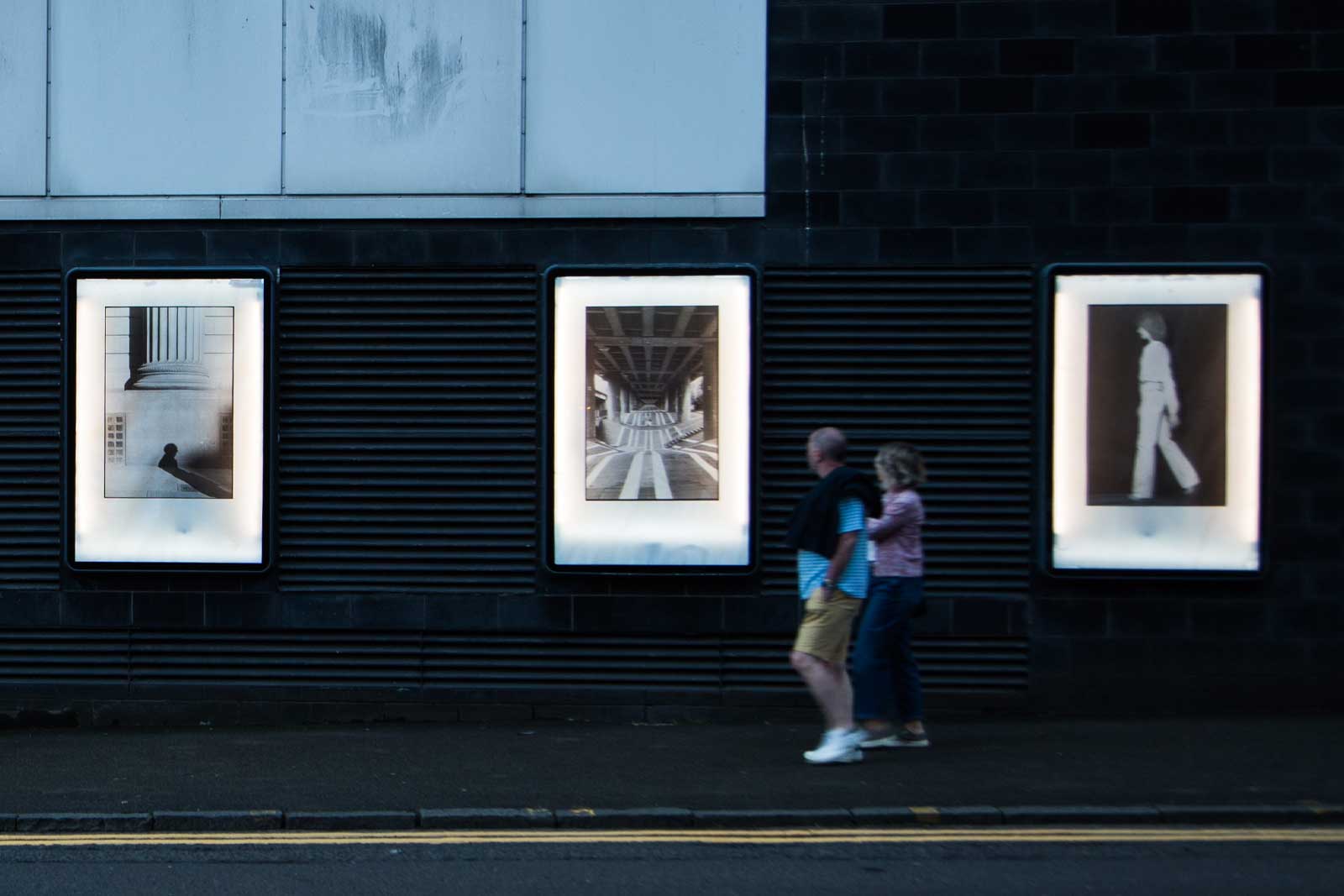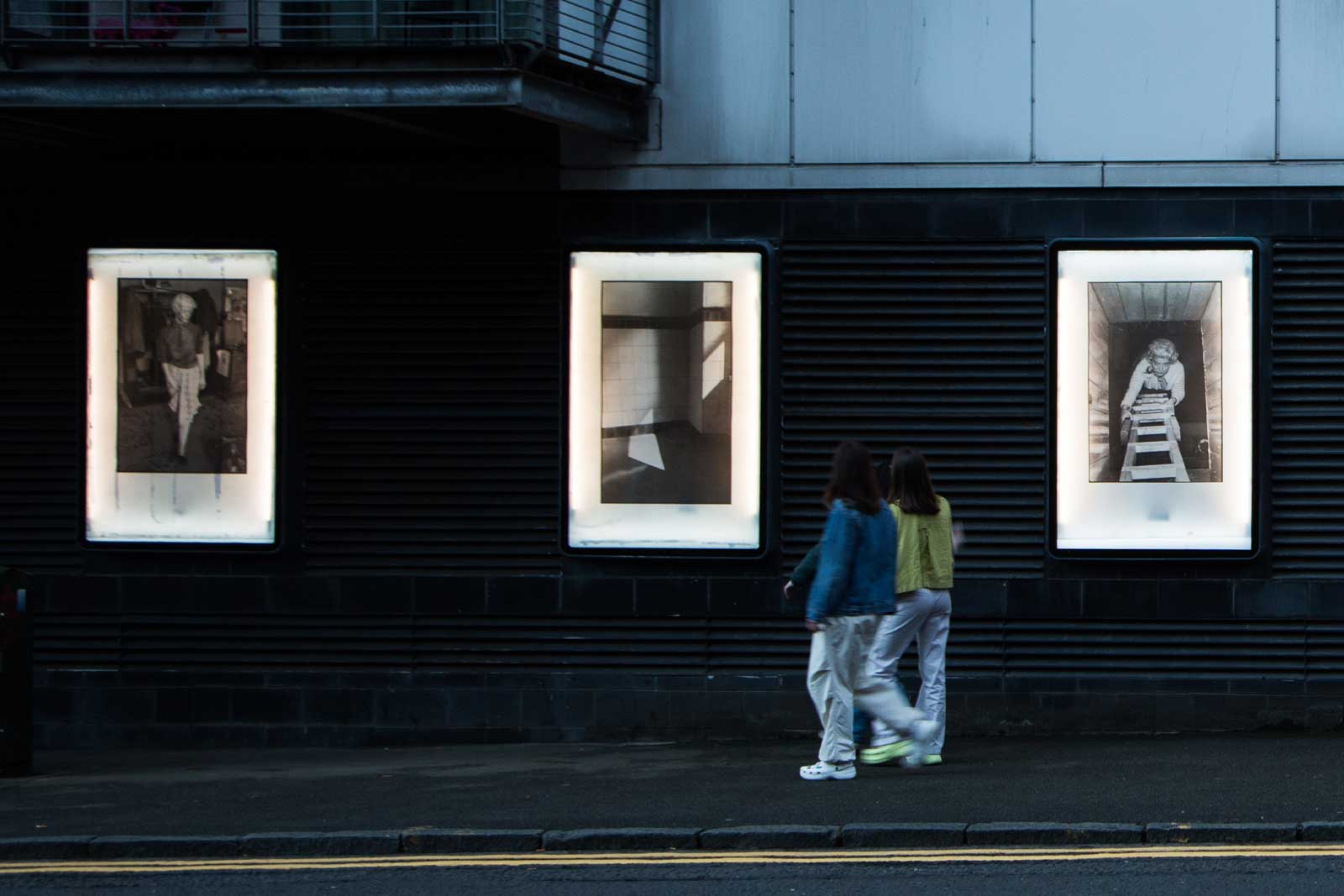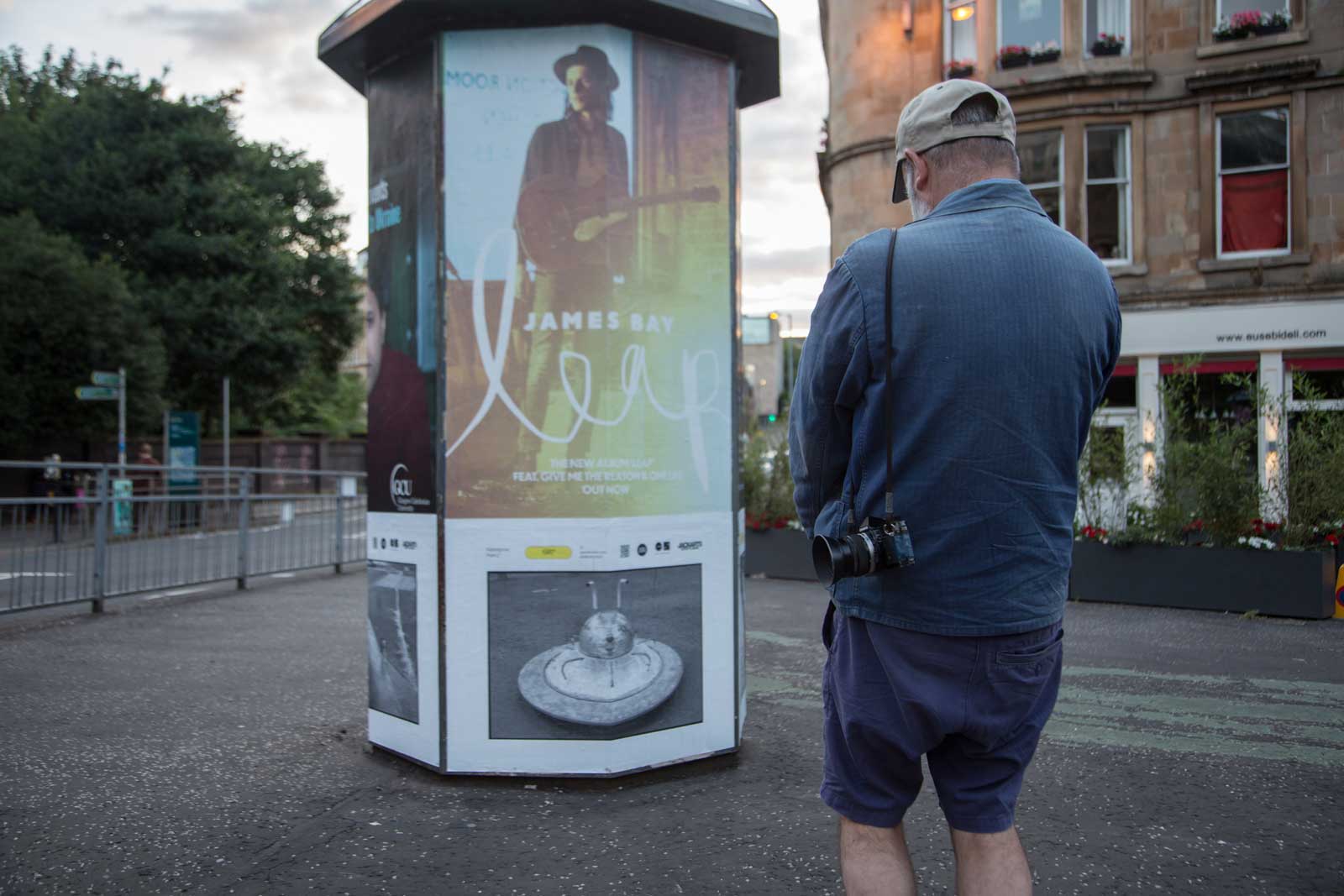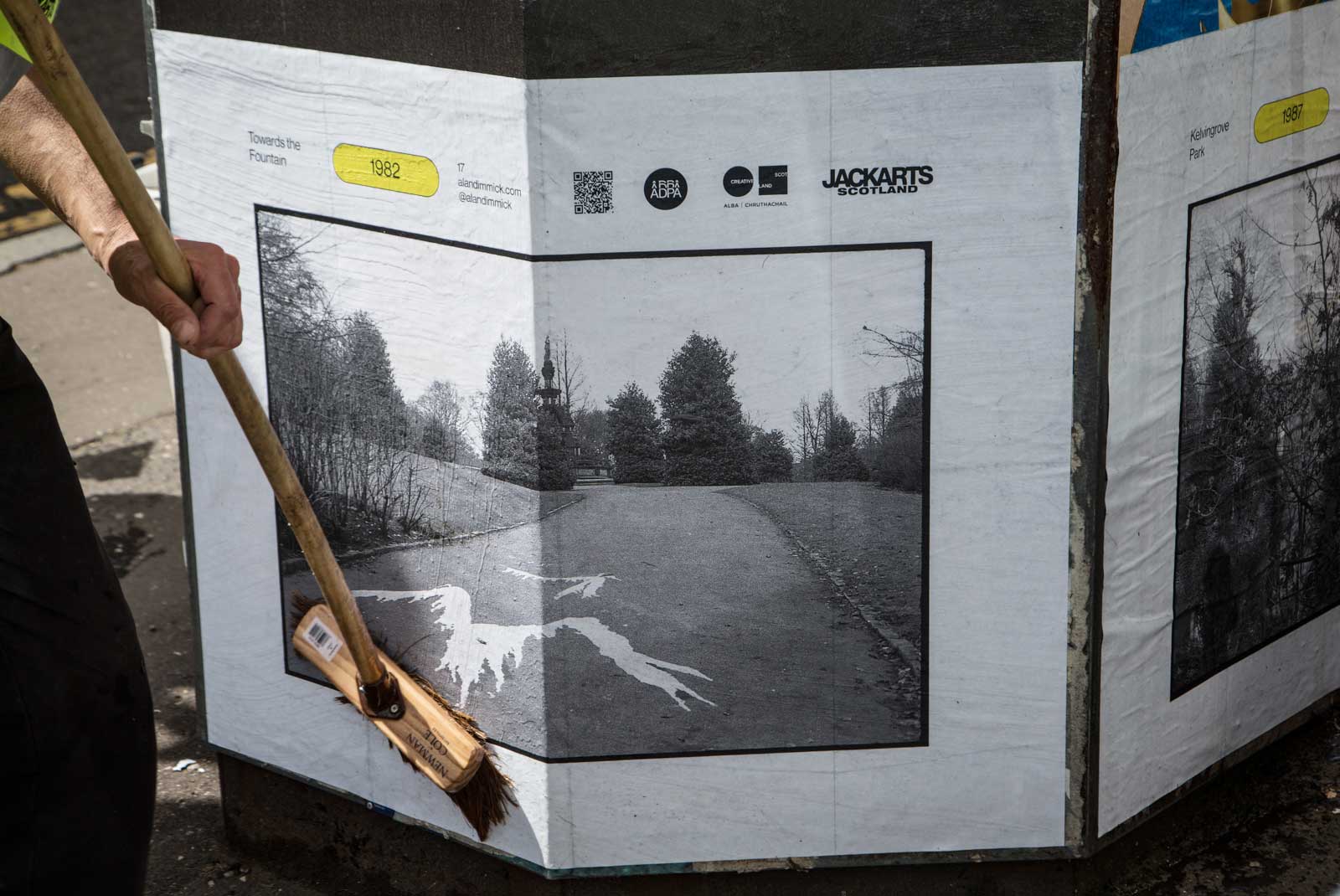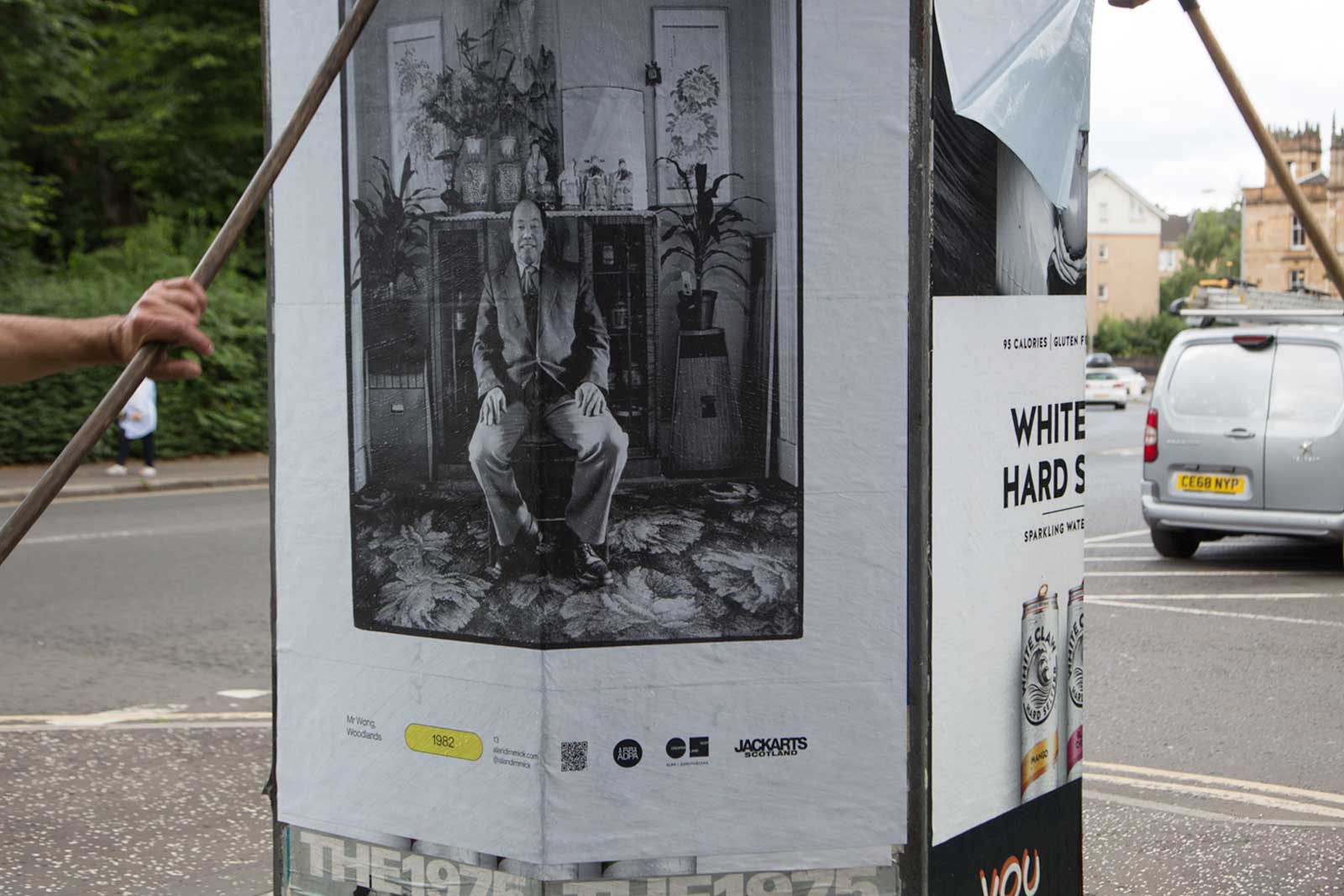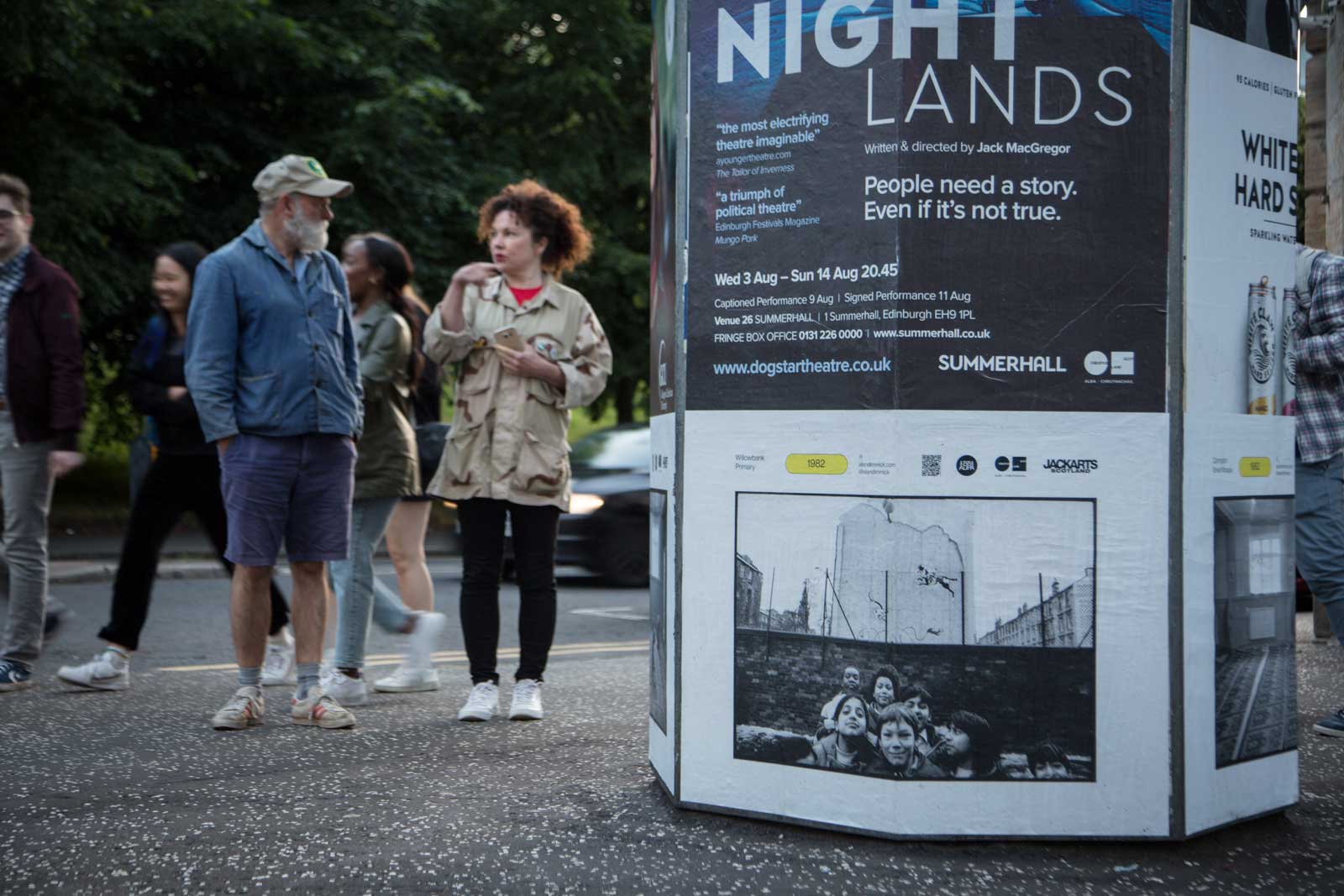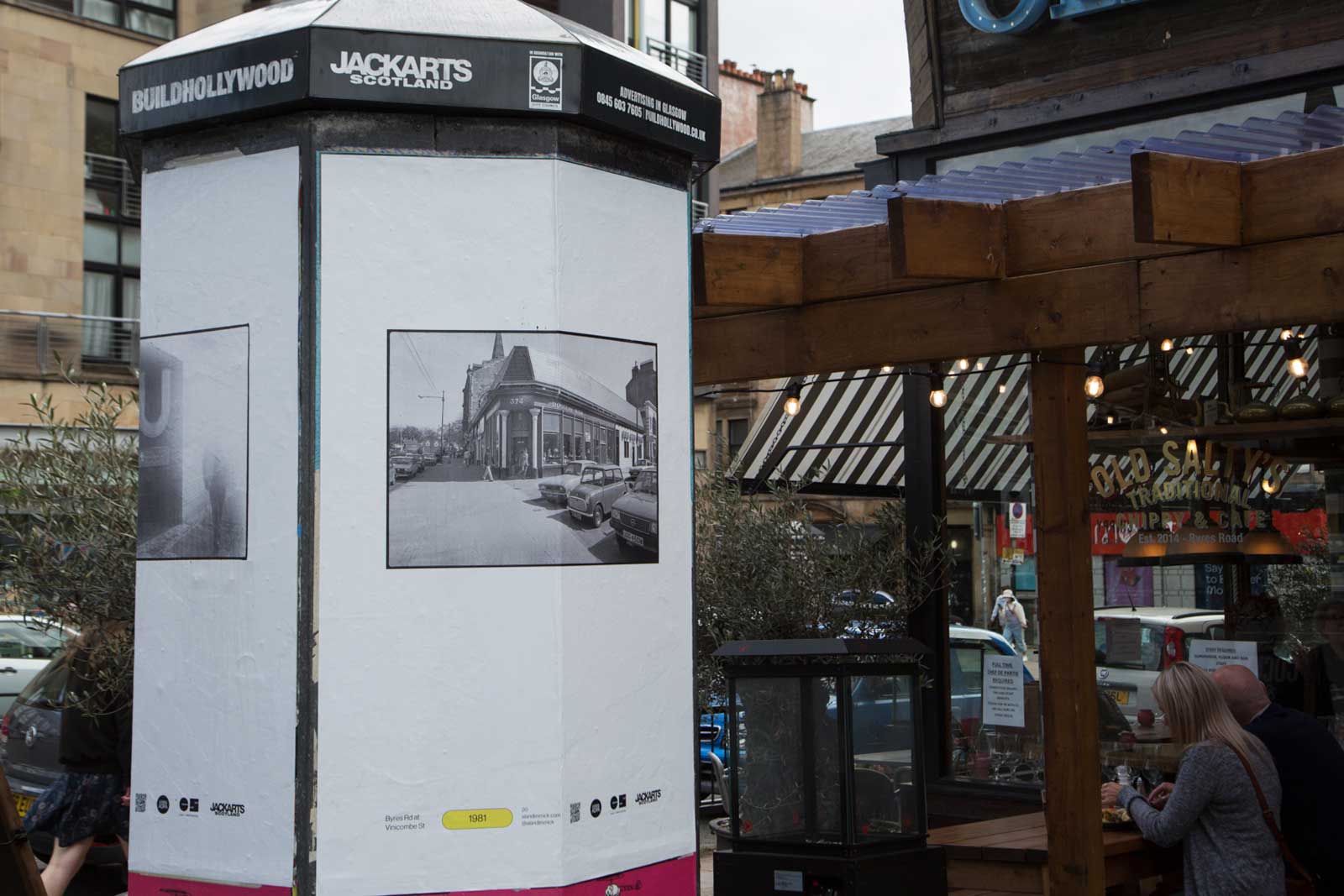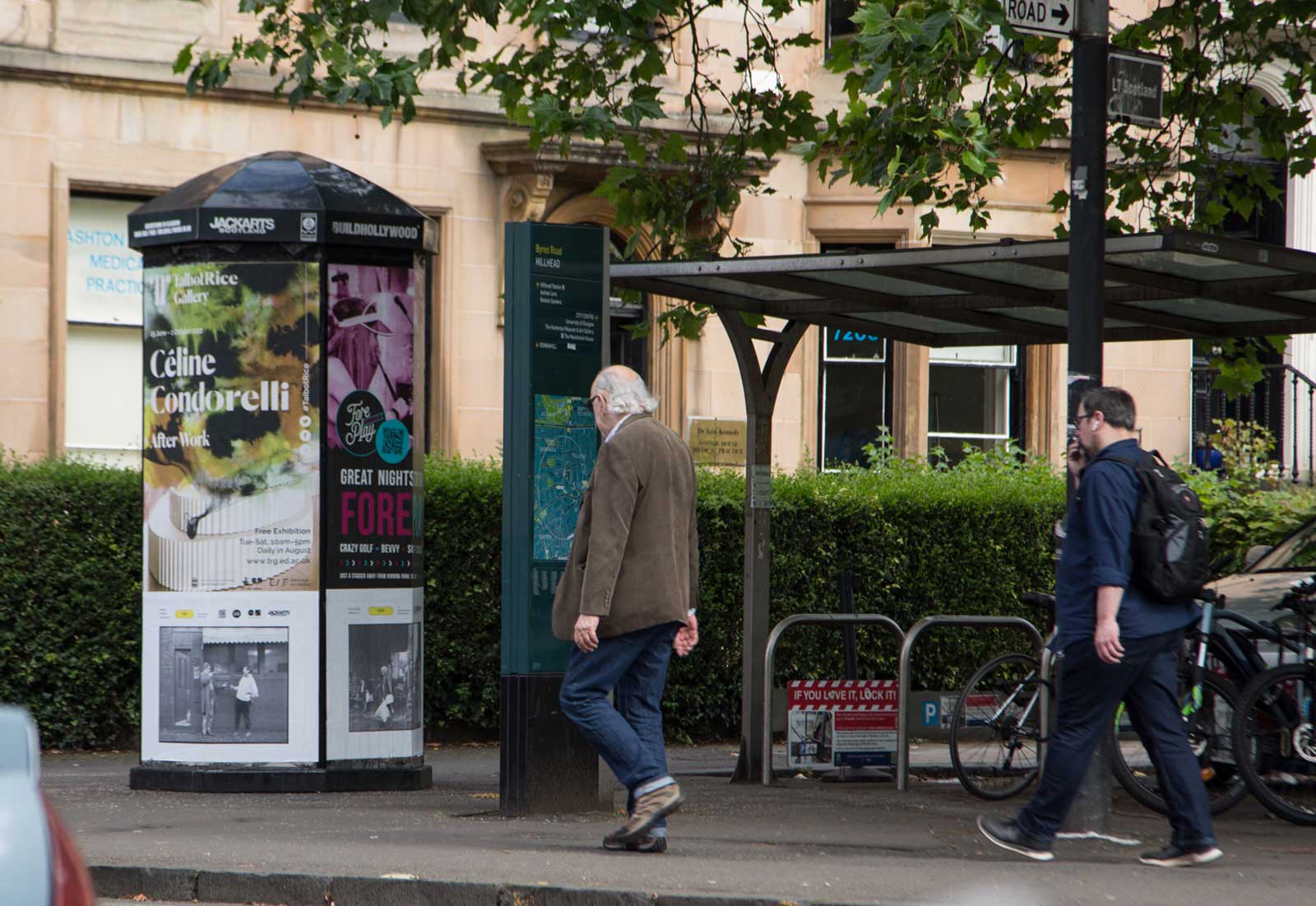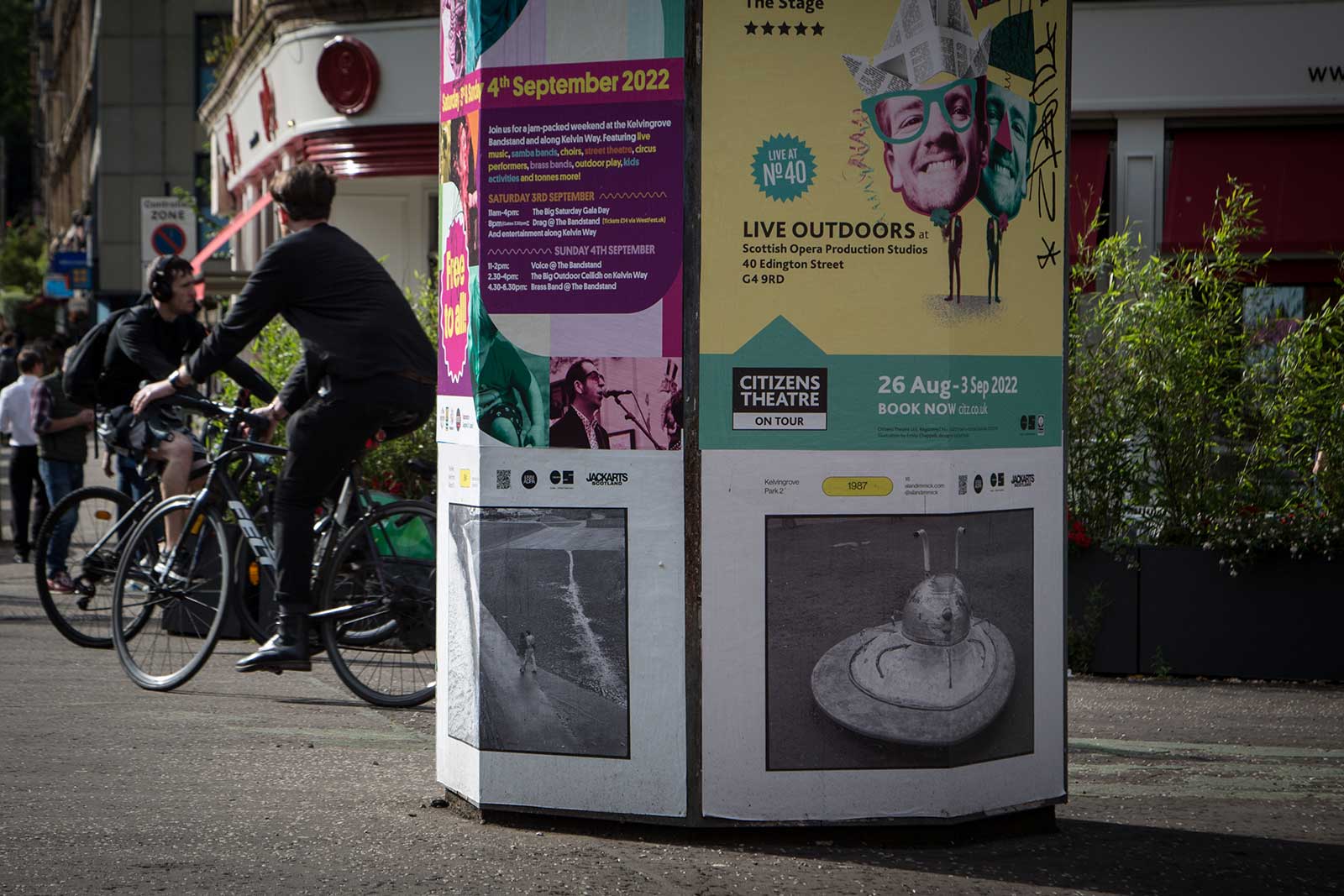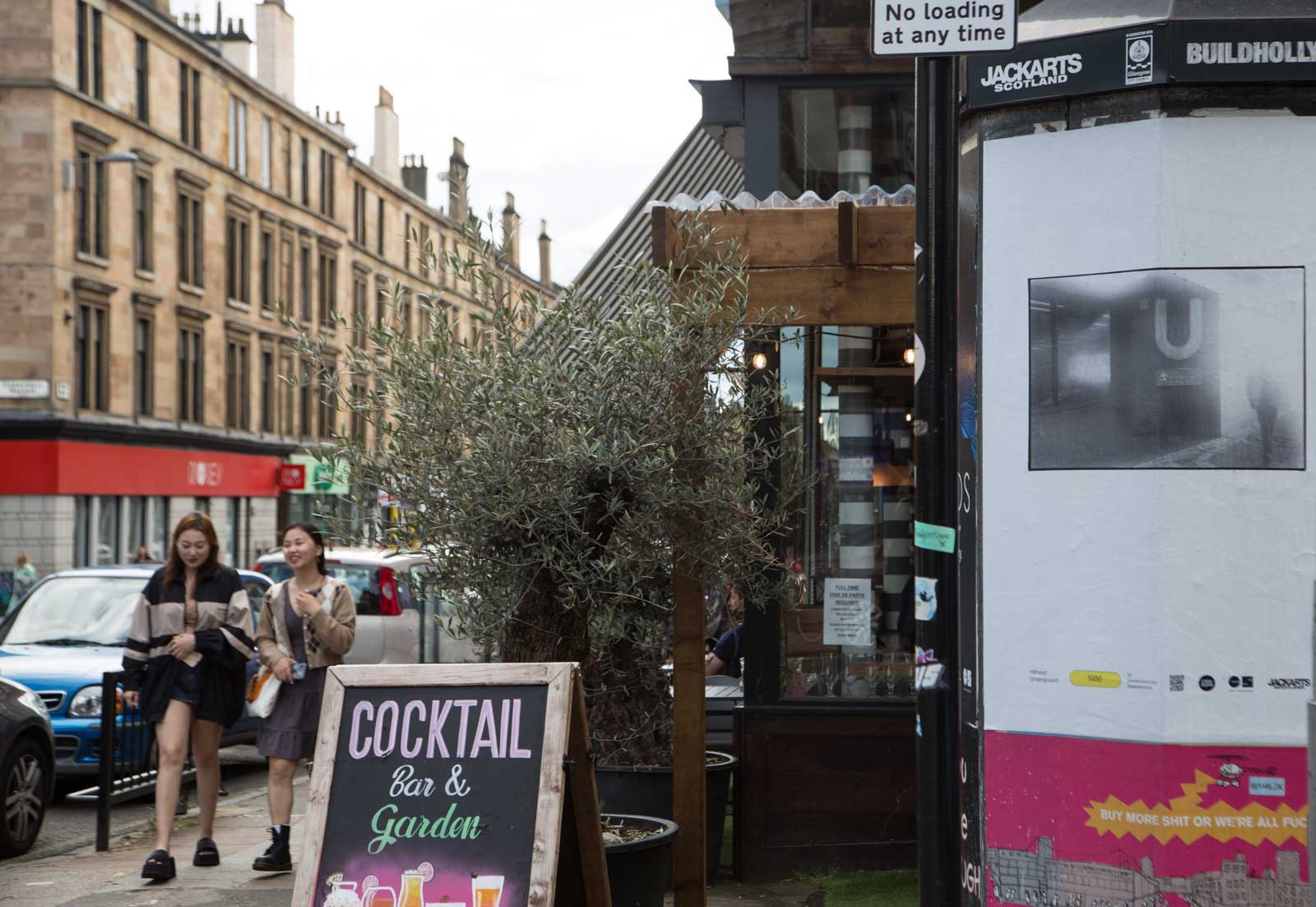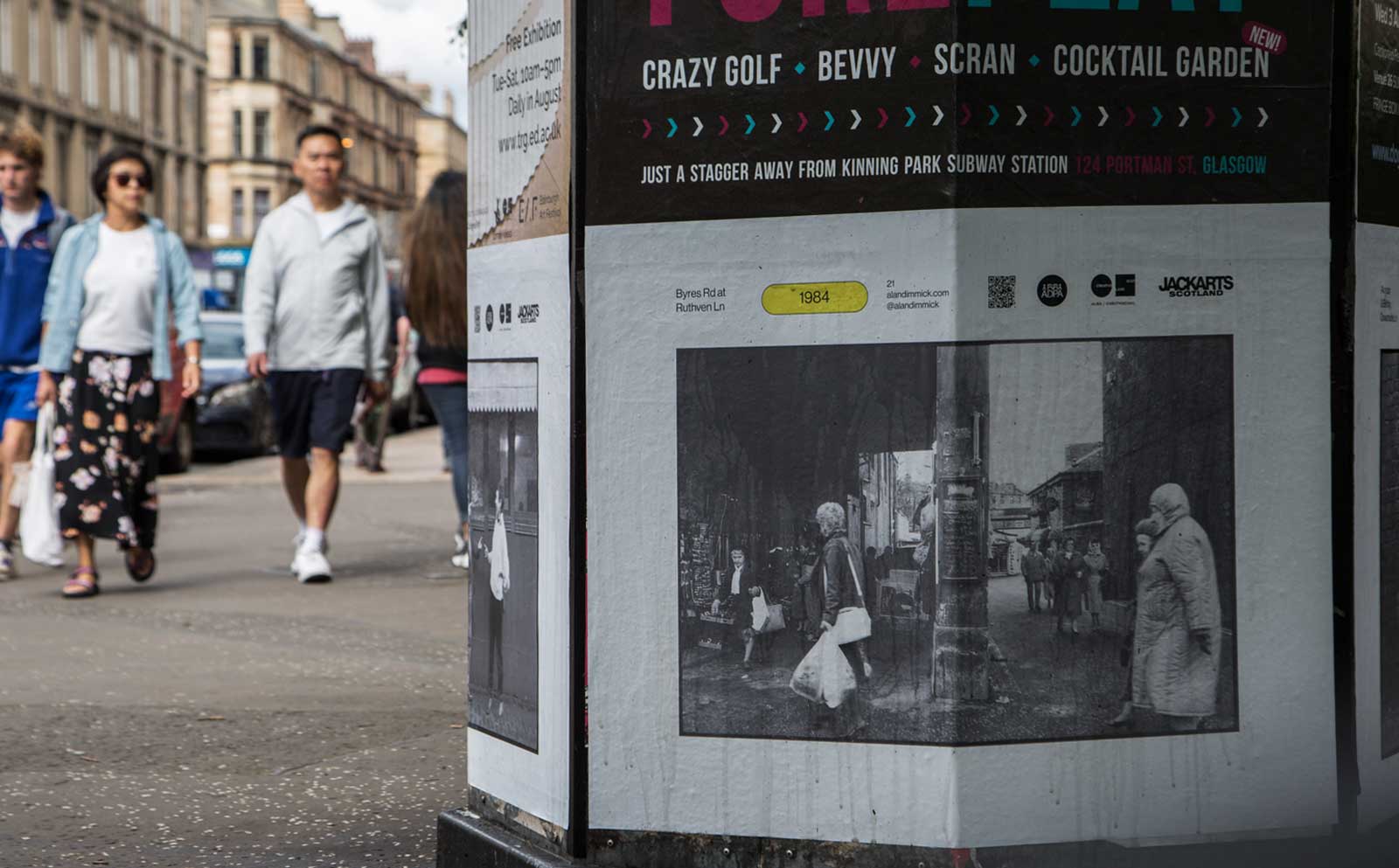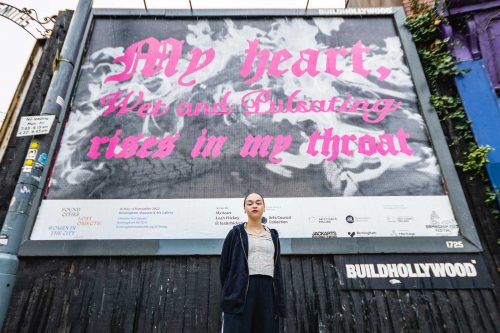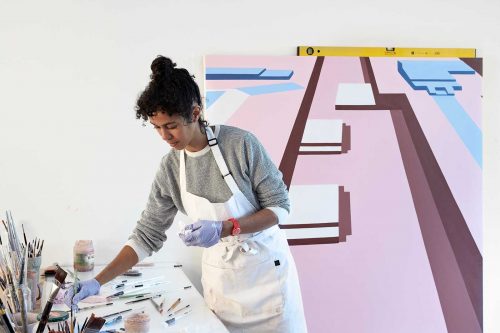Partnerships
Glasgow, then and now – Alan Dimmick’s compelling street display curated by Martin Gray
Captivating black and white images displayed on poster sites across Glasgow attest the seemingly endless inquisitiveness of Alan Dimmick.
He is renowned for documenting the city’s richly diverse visual arts and music scene for many years. The access he was granted by artists and bands and the inventive images arising from those opportunities vouch for the trust and respect Dimmick’s subjects have for the photographer.
Likewise, portraits featured in the current street display – Two Sisters, Woodlands (1981), Mr Wong, Woodlands (1982), Family with Baby, Woodlands (1981) – suggest a deeply humane and empathic connection. Dimmick’s depictions of Glasgow’s communities explore vivid aesthetics, cultural diversity, as well as a sociological and psychological fascination. They deftly achieve what photography and art historian John Tagg has described as ‘both the description of an individual and the inscription of social identity.’
There’s an intriguing aspect to this 2022 archival art trail across the city in that the contemporary display sites either feature in Dimmick’s original photograph or are close by to where he took the pictures. Tying together the past and the present, the displays were celebrated by art walks with the photographer, reflecting on his images and practice in-situ. By means of that comparison we’re able to witness the urban environment in a state of variously paced but constant change. The image 1 White Street, Glasgow (1996) is a subtly textural and tonal composition of an otherwise unprepossessing corner of the city. Its only ‘remarkable’ feature is the hand-painted lightning strike on a street-level dummy window. Nowadays the same building is a garish purple and orange estate agents with a lurid commercial notice where the graffiti bolt used to be.
24.08.22
Words by


